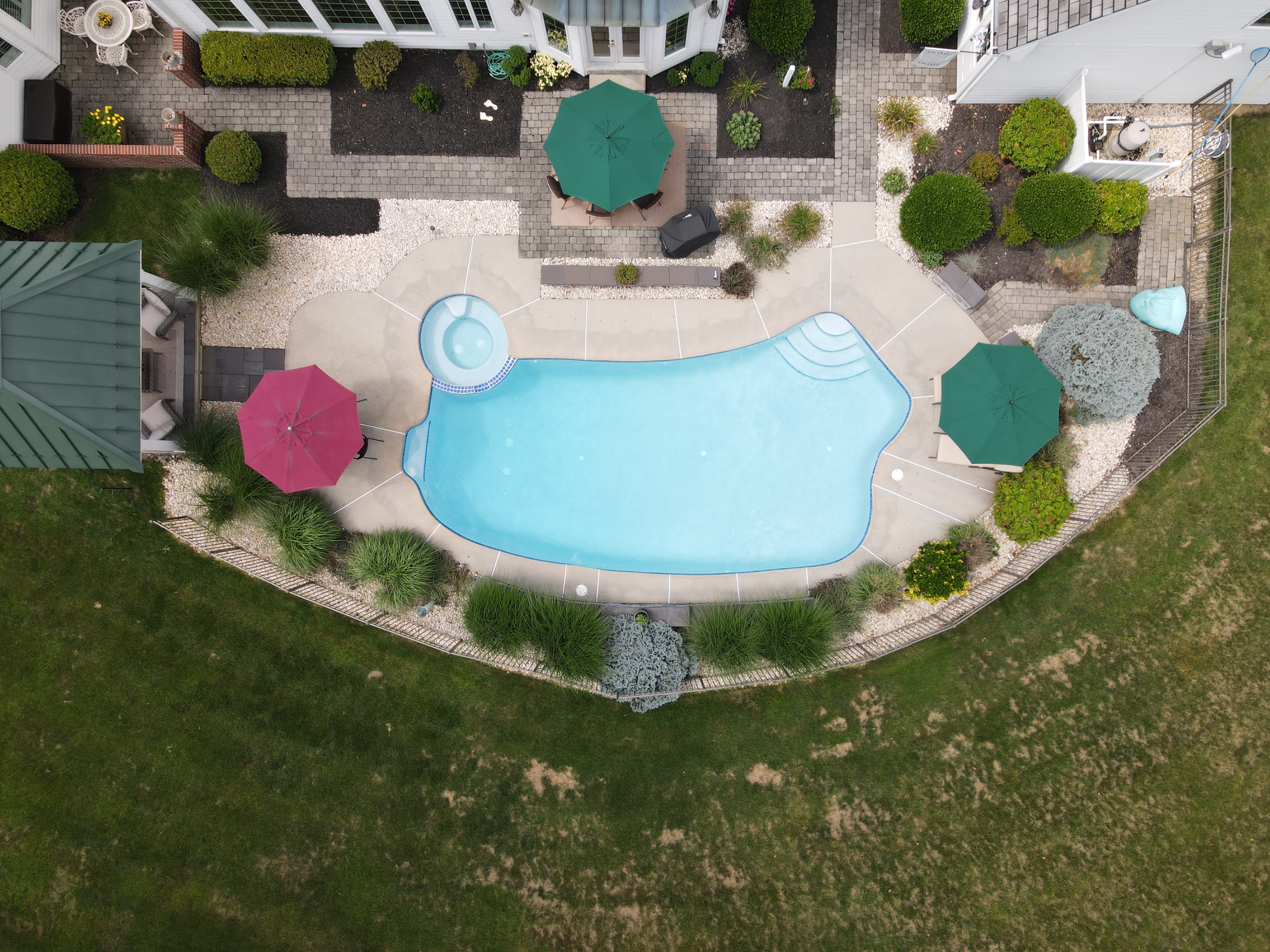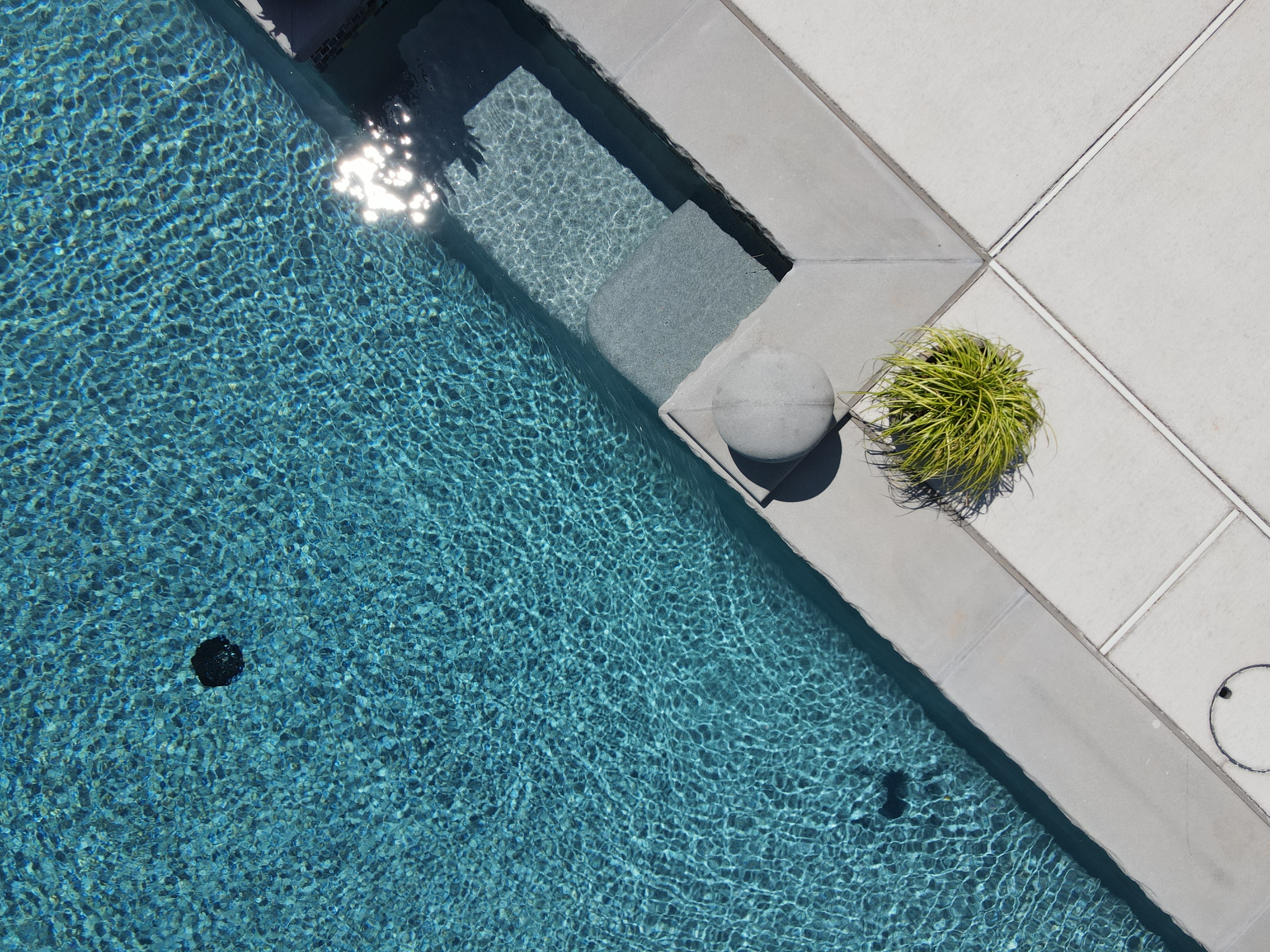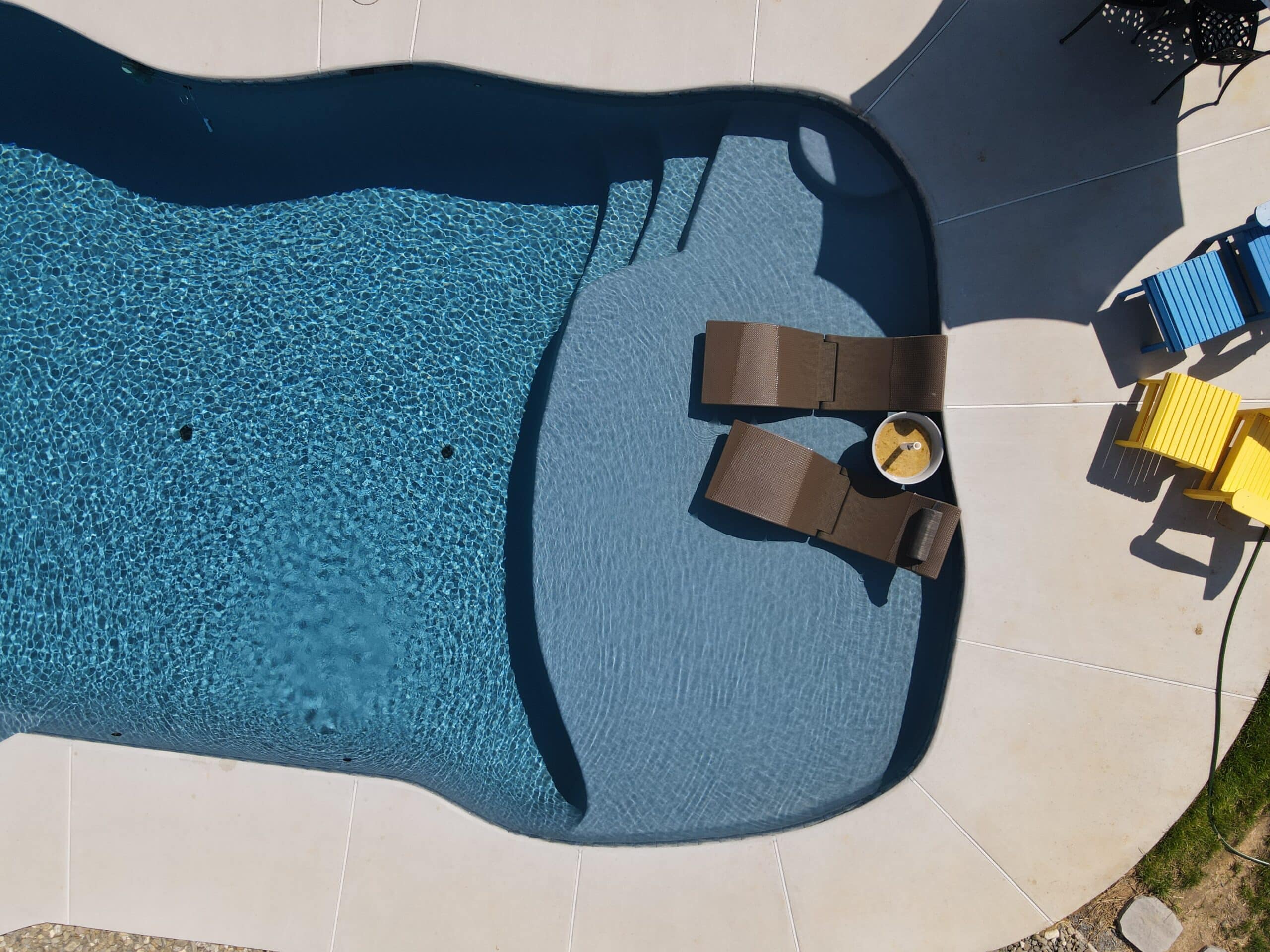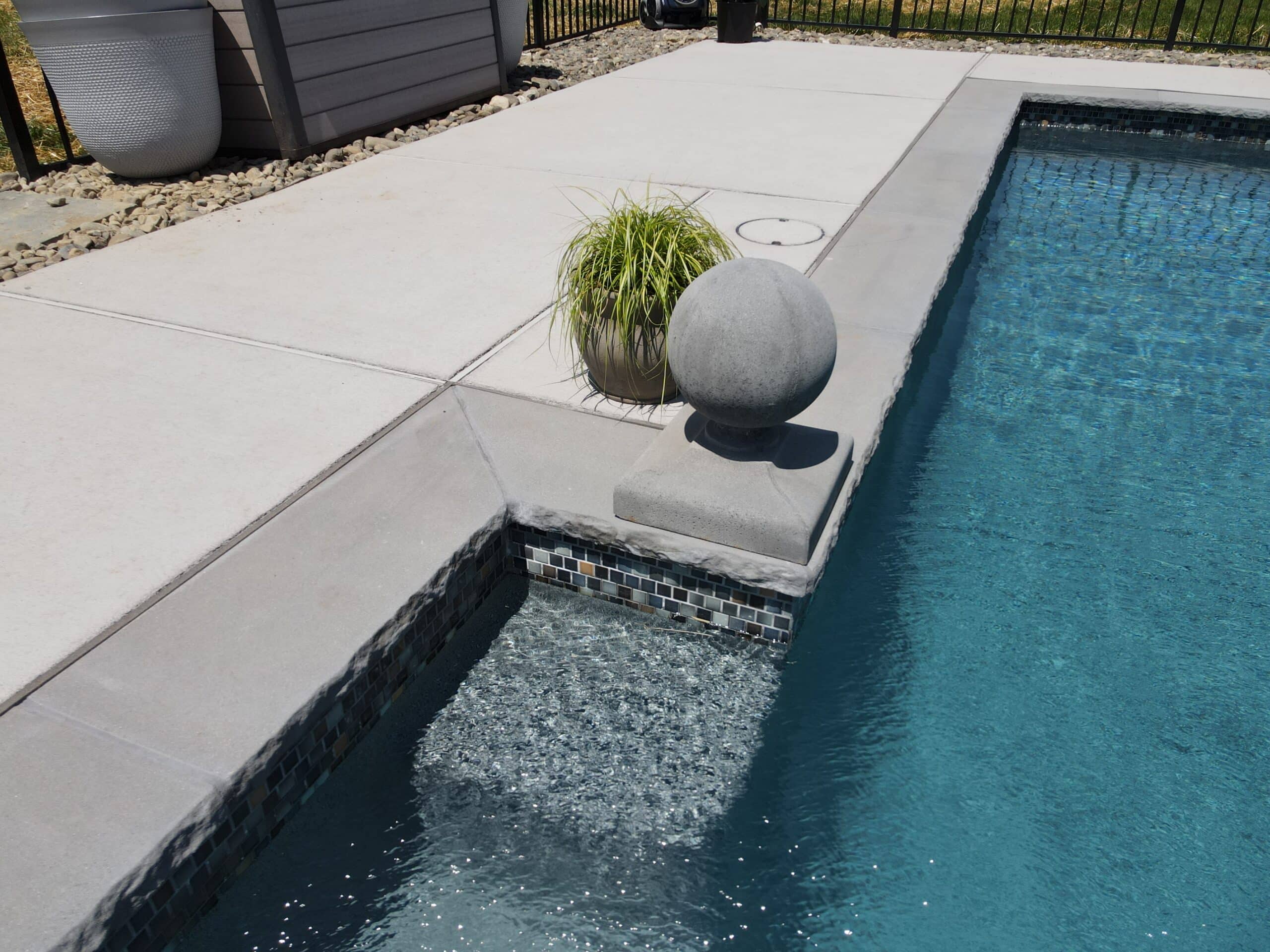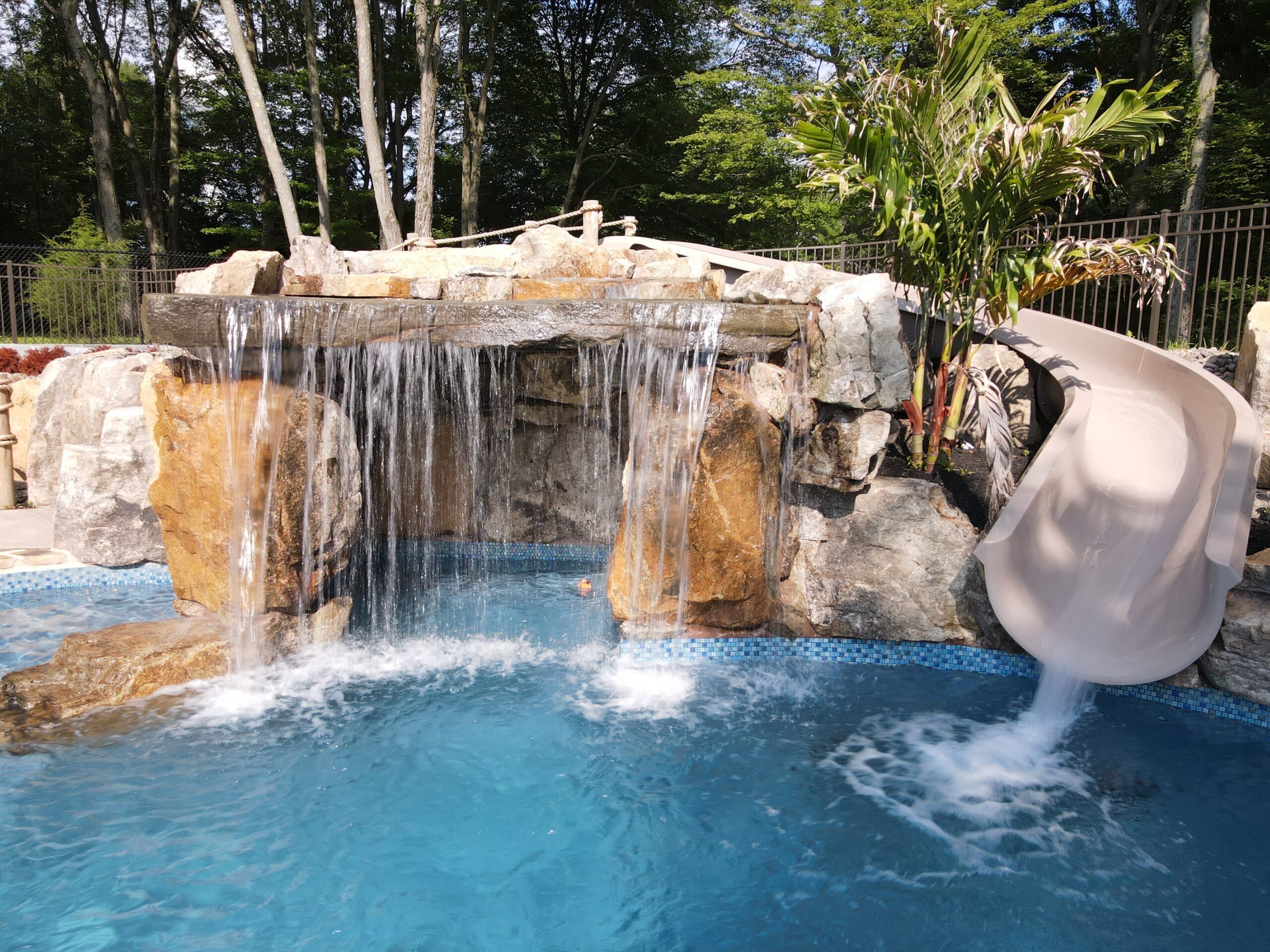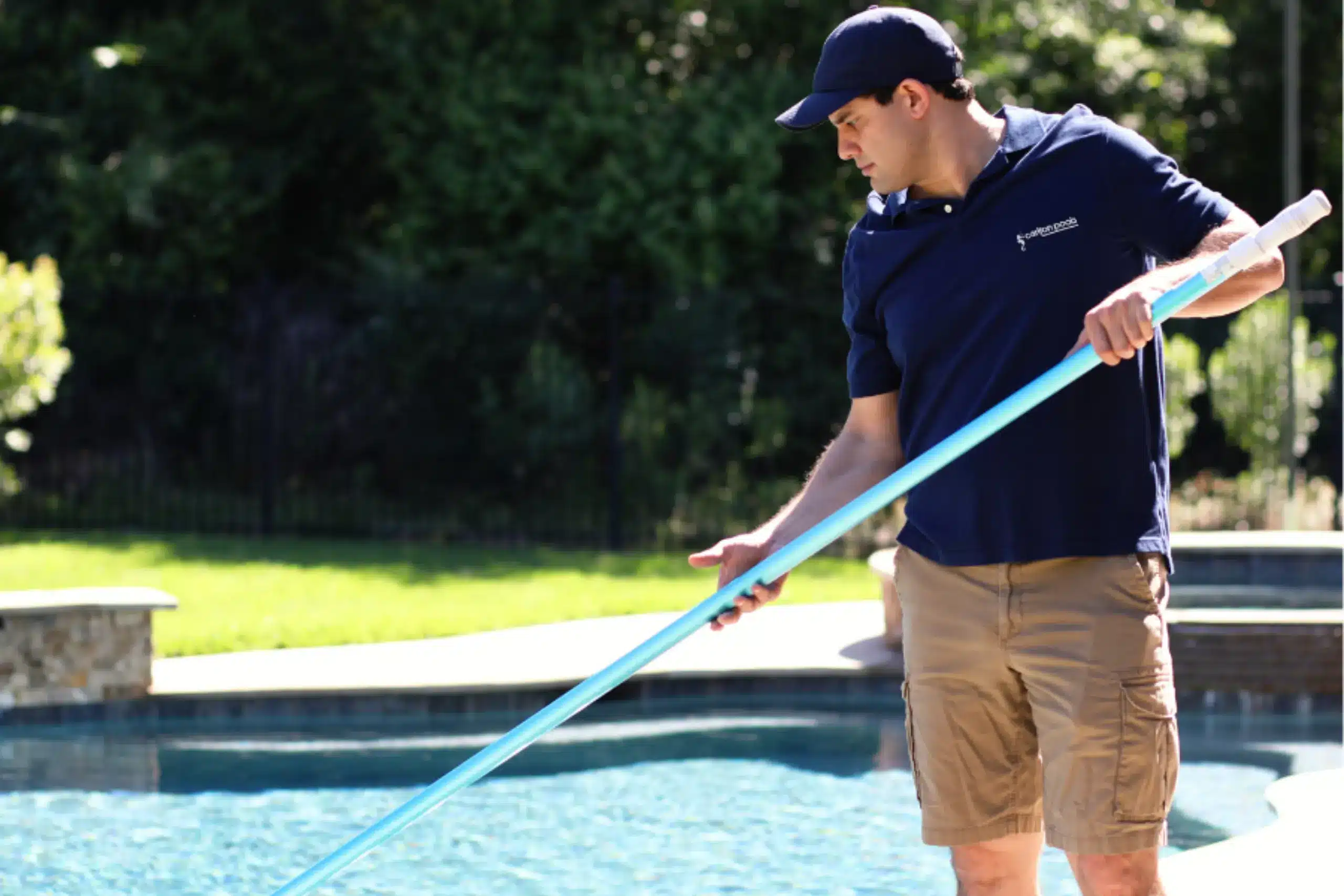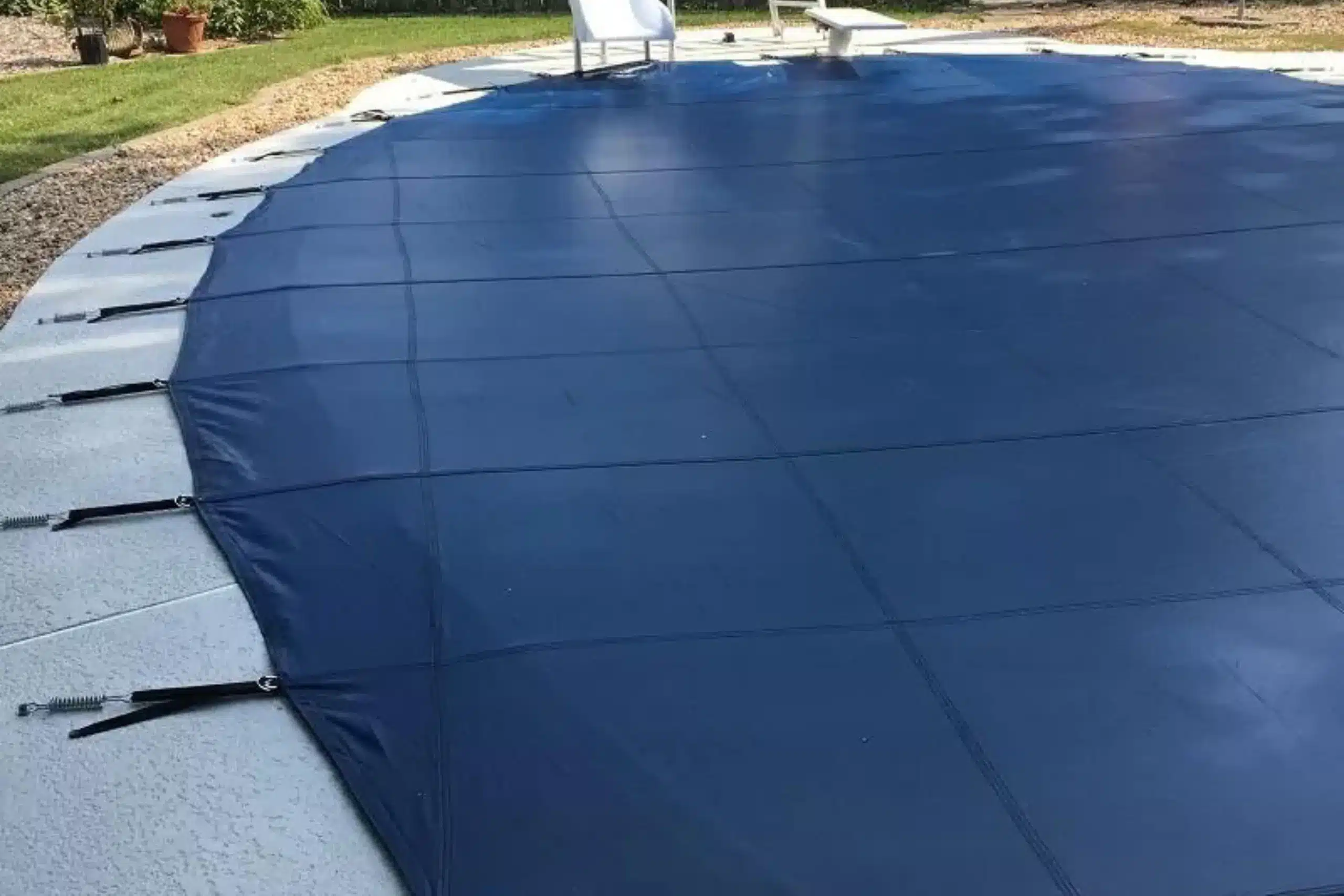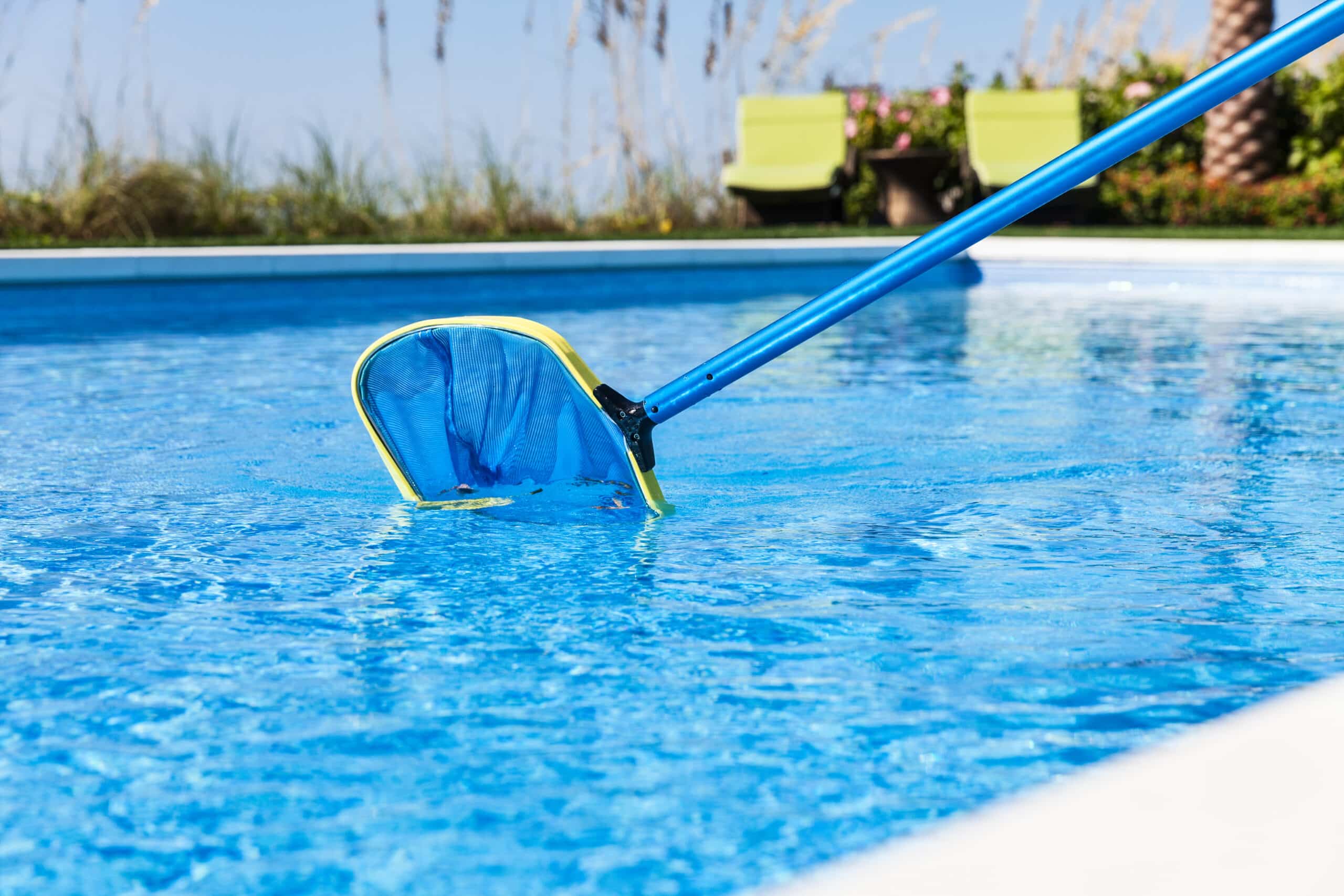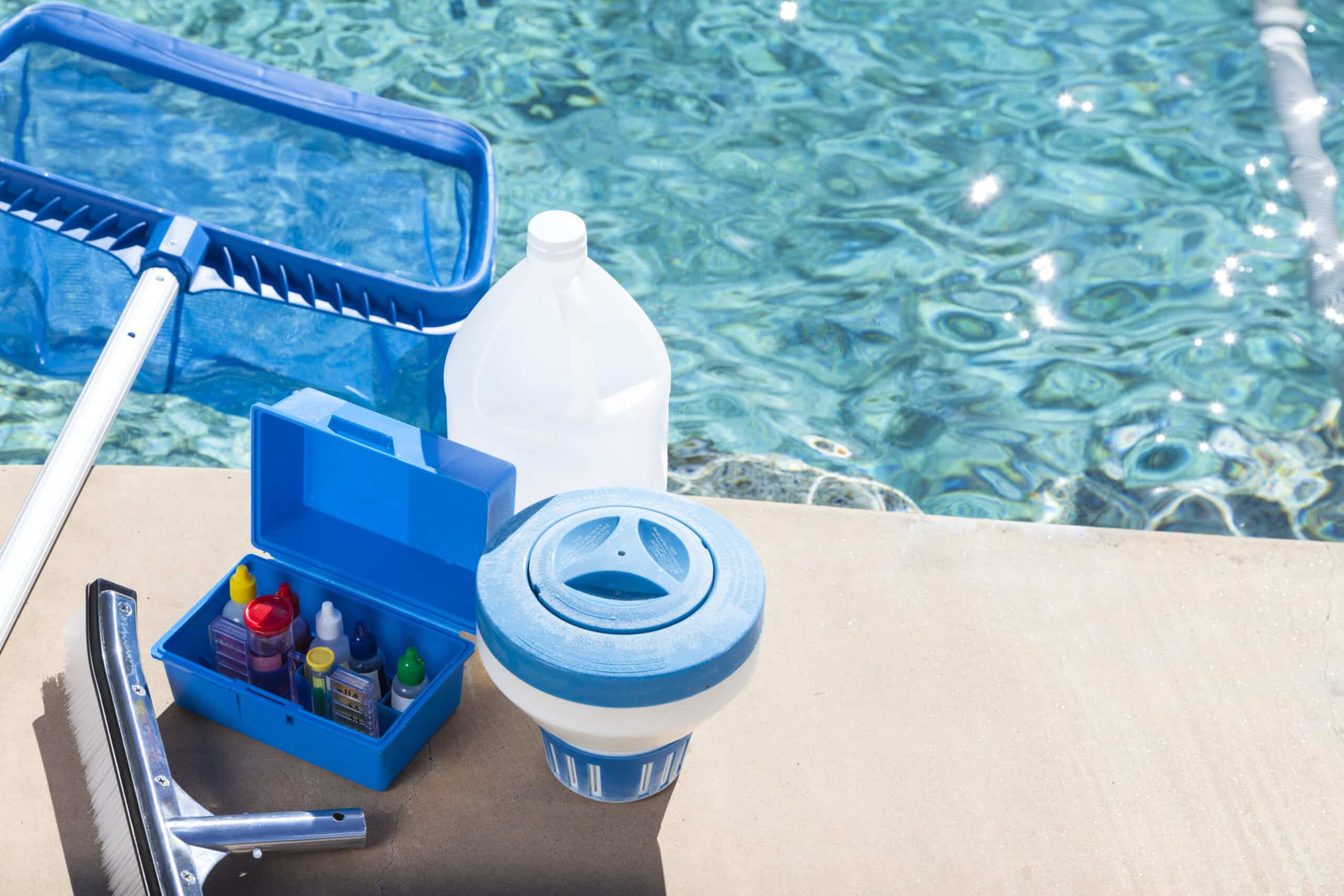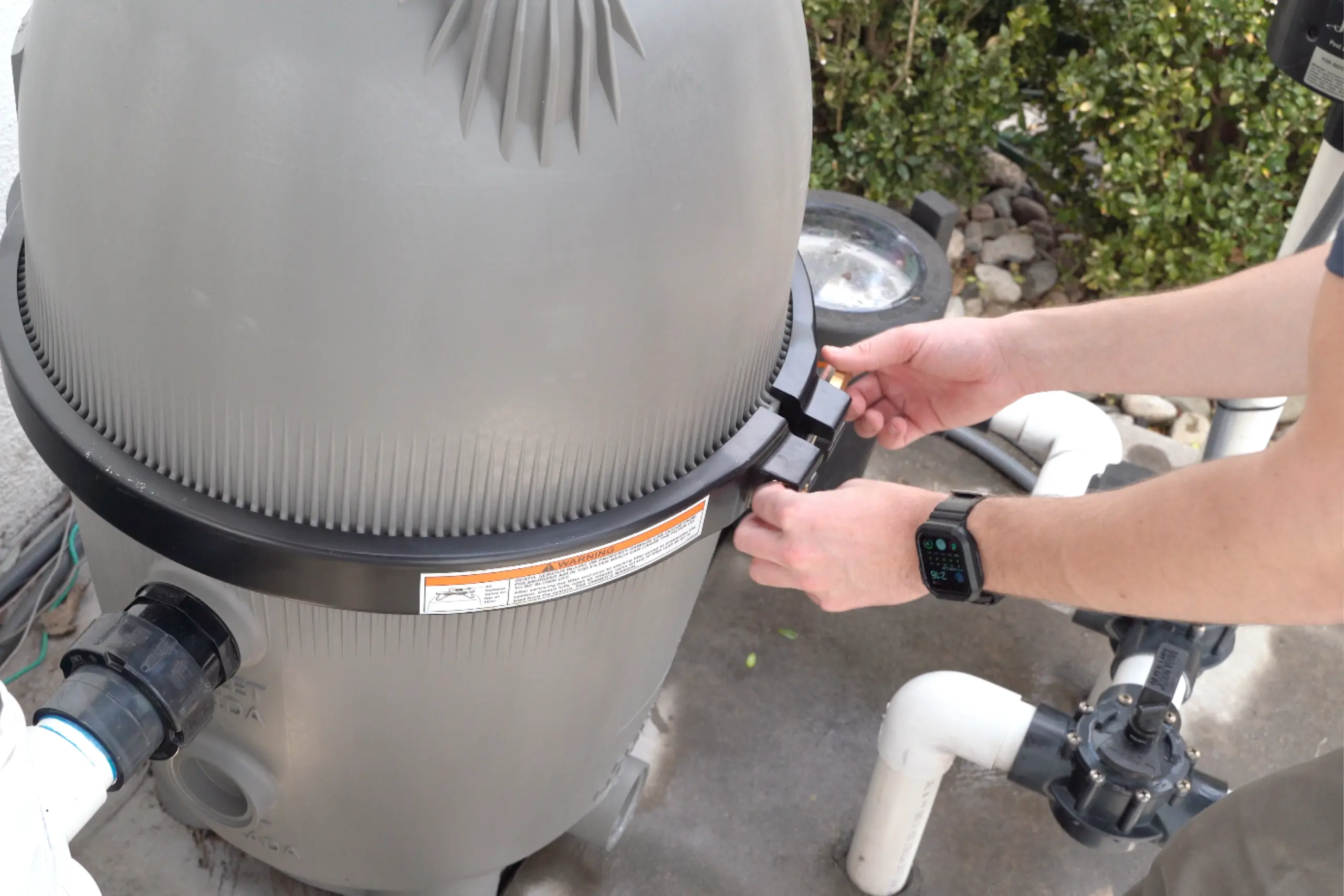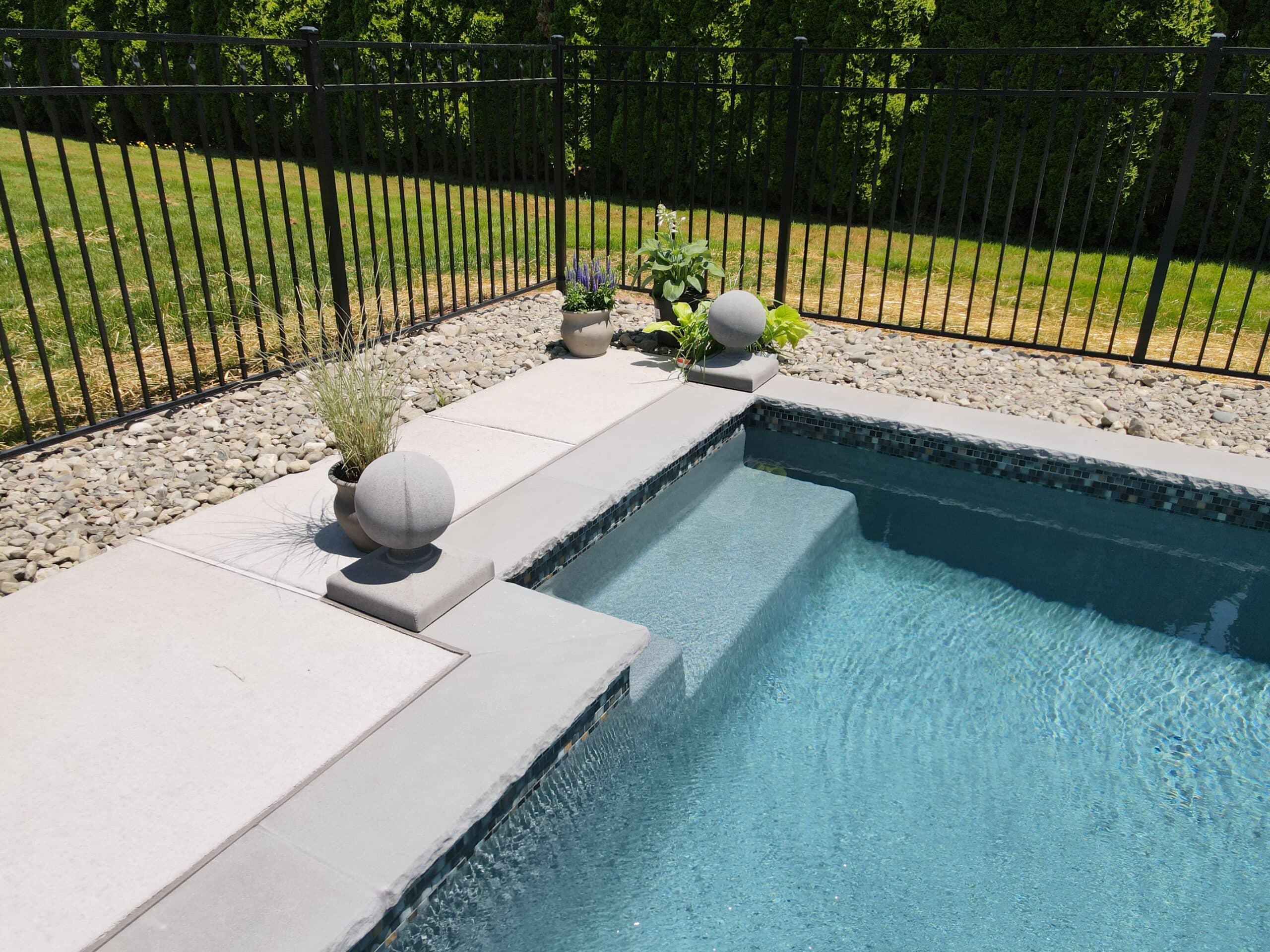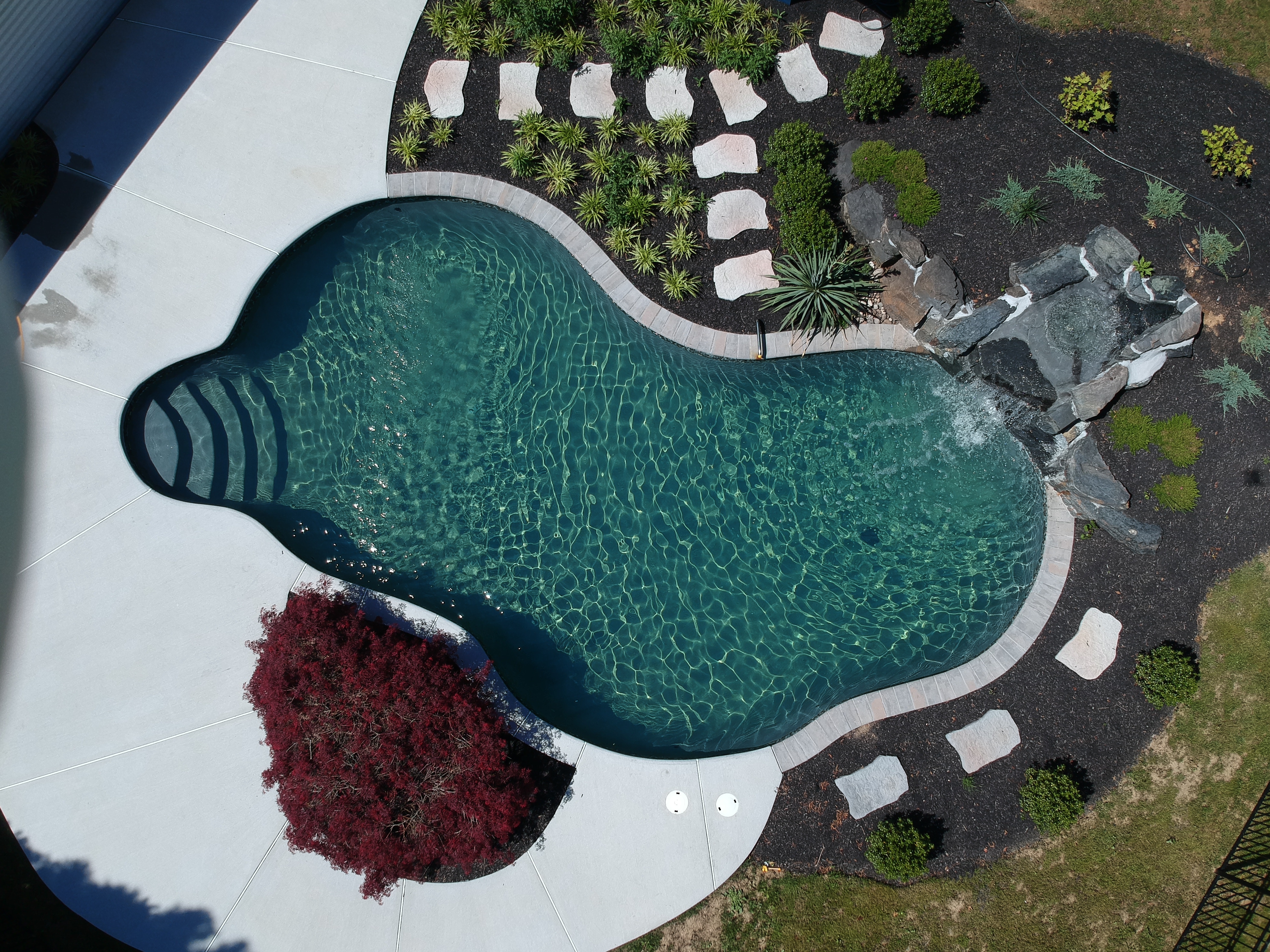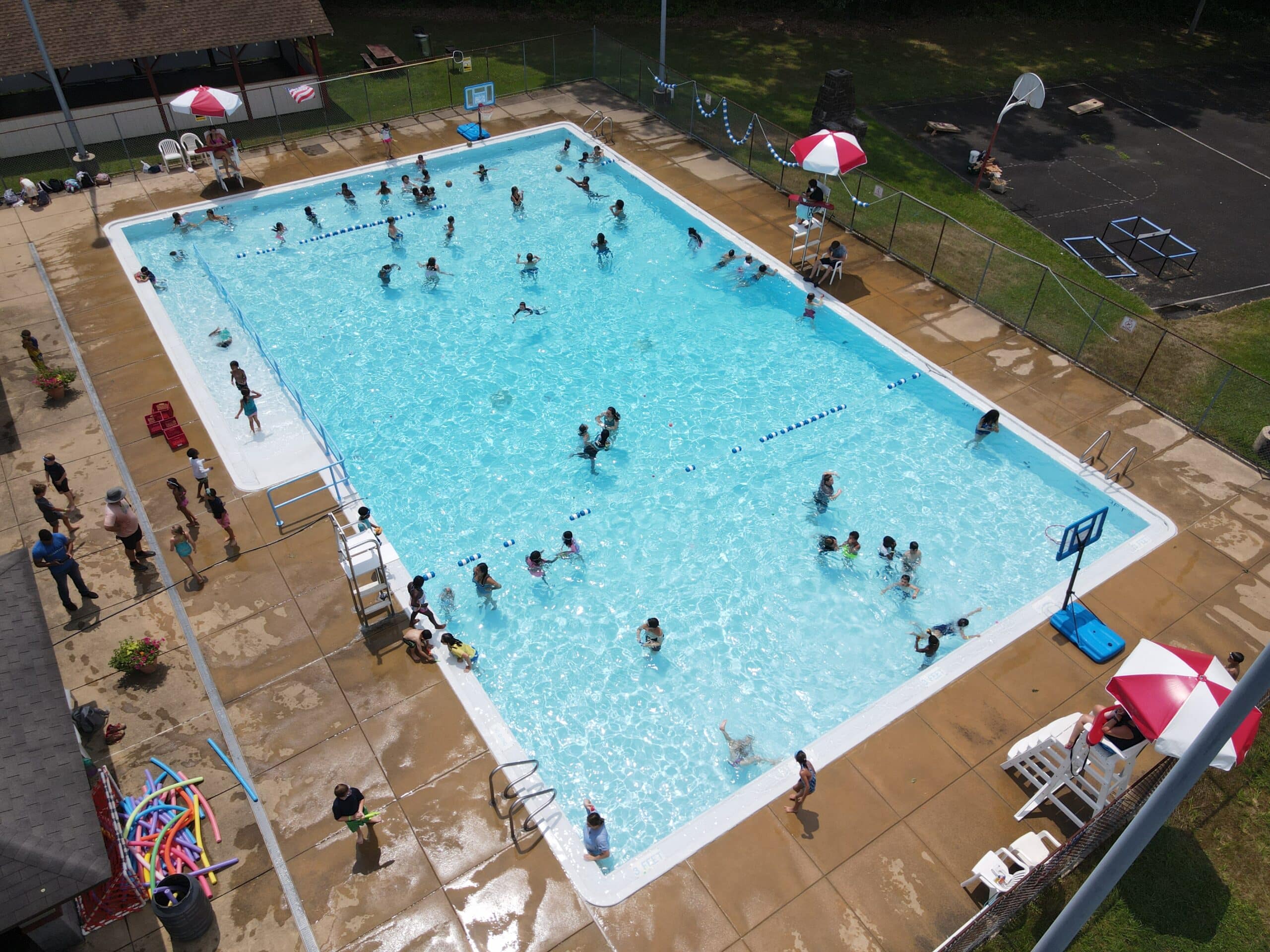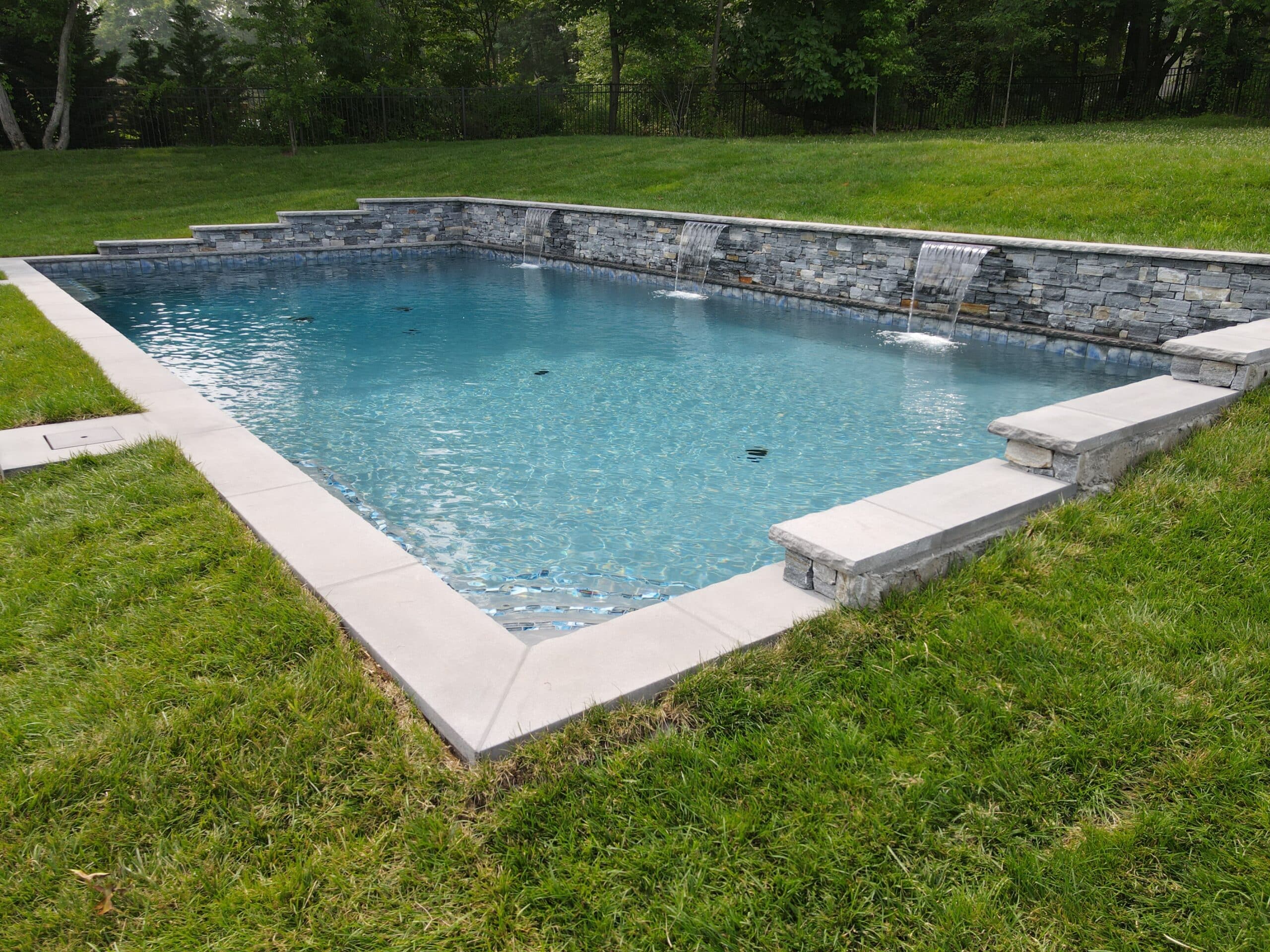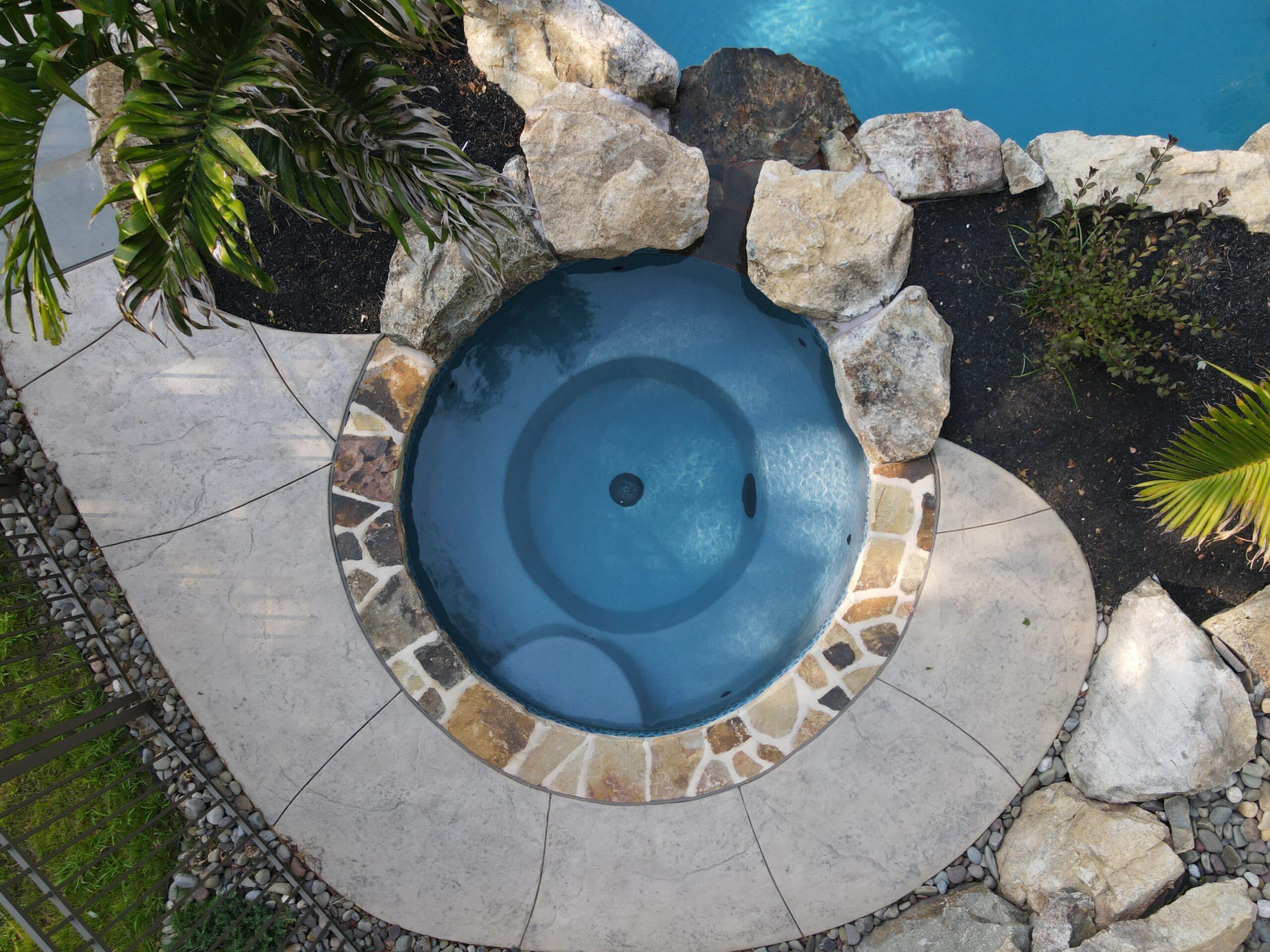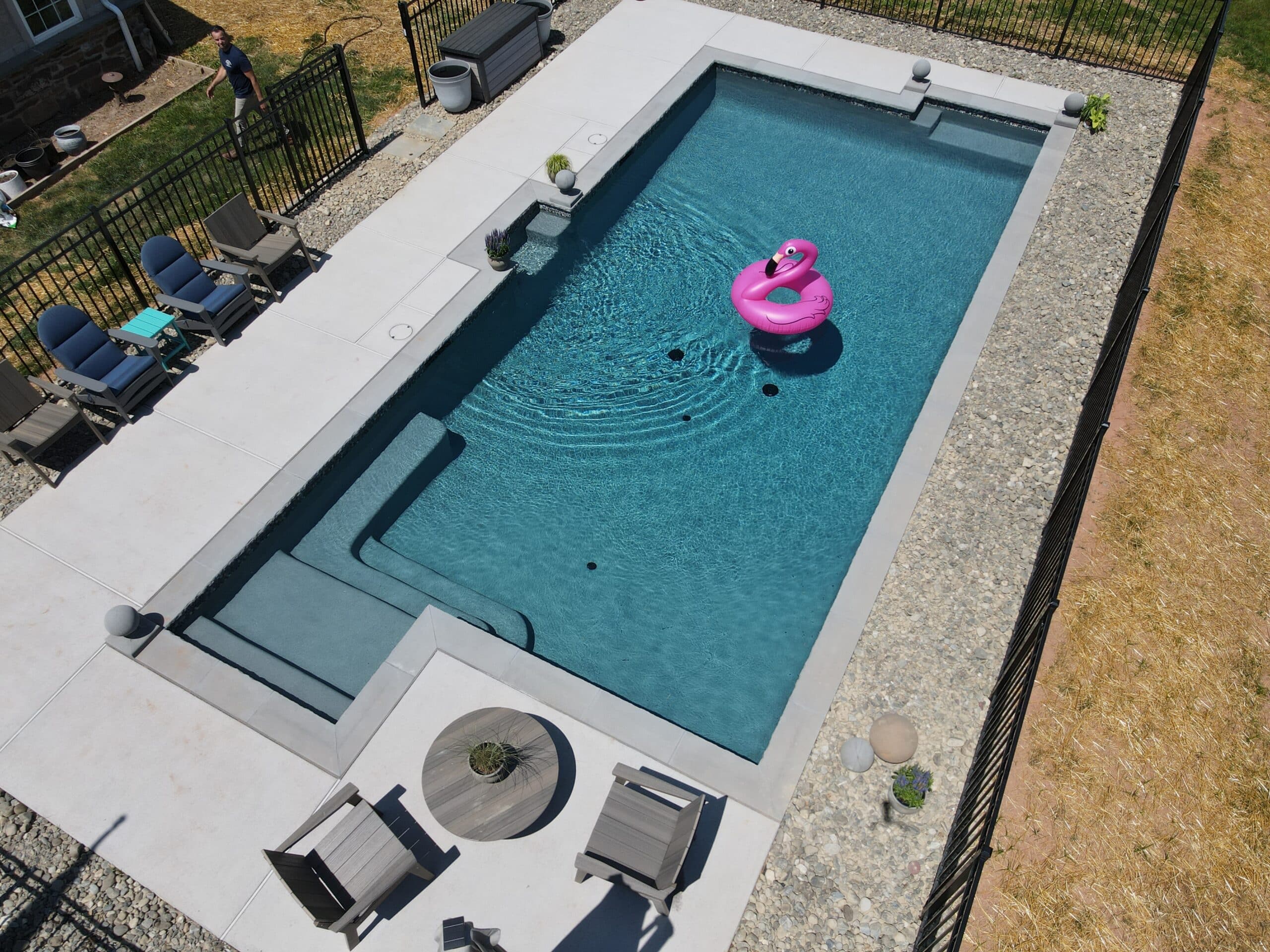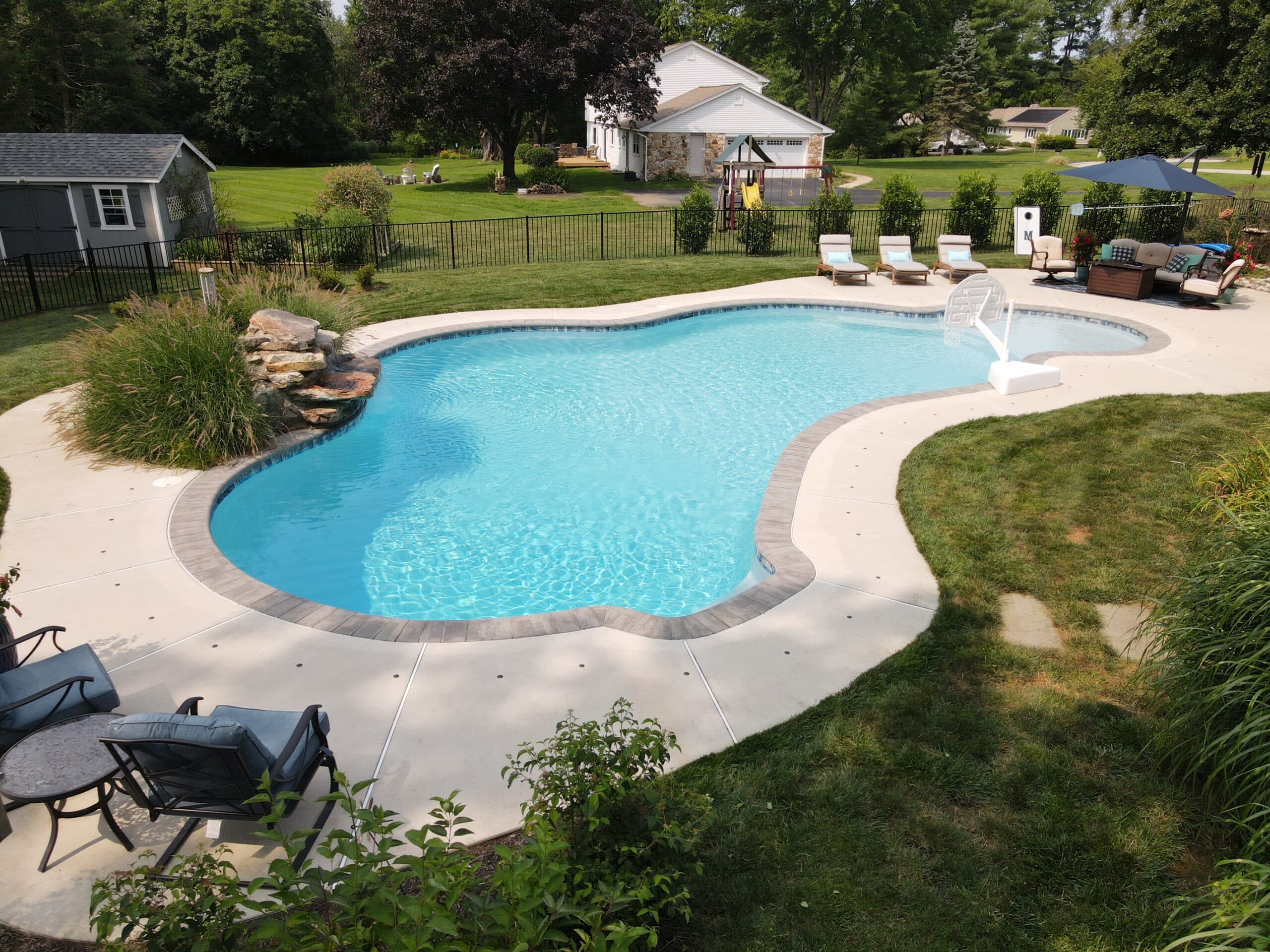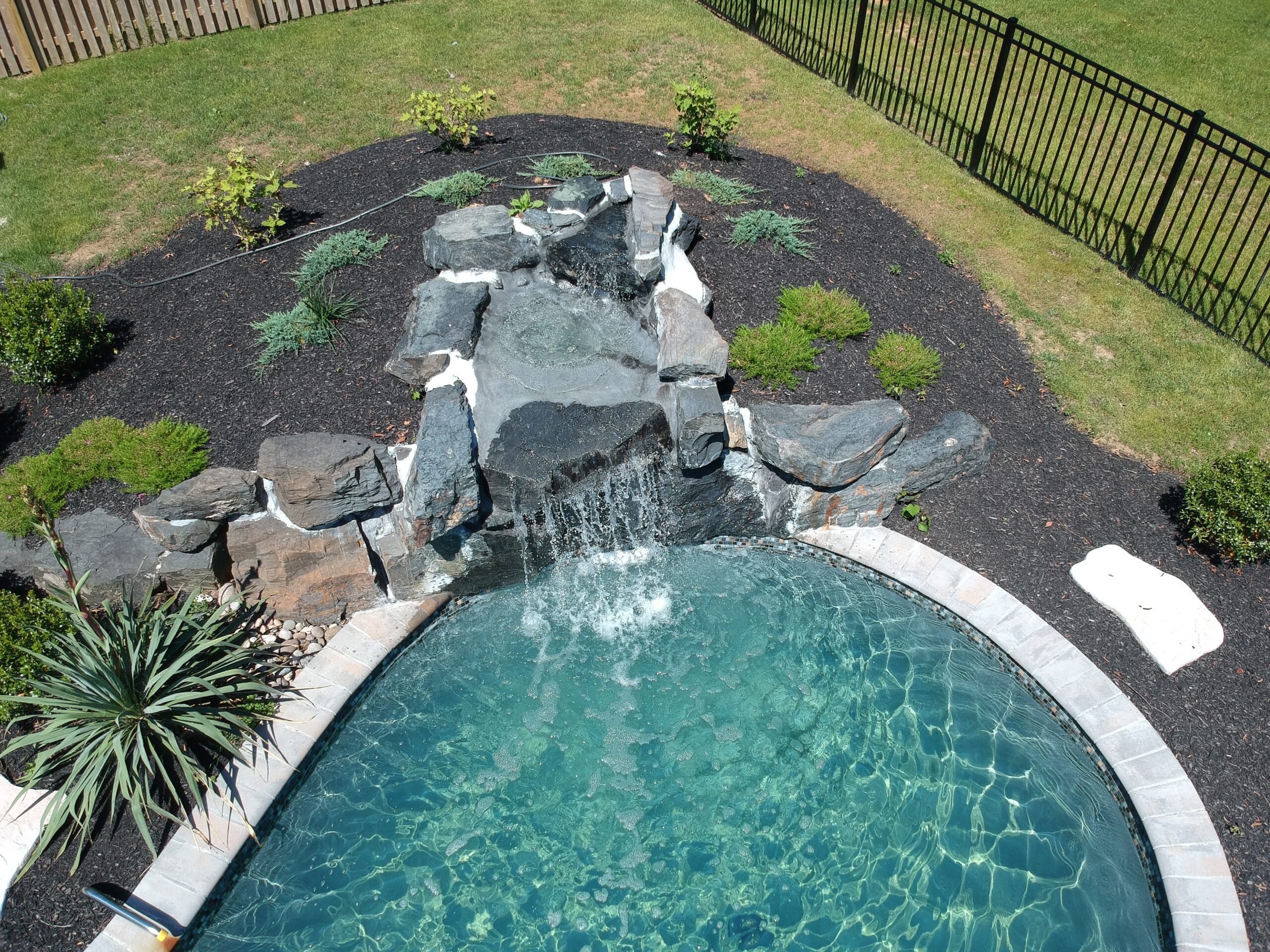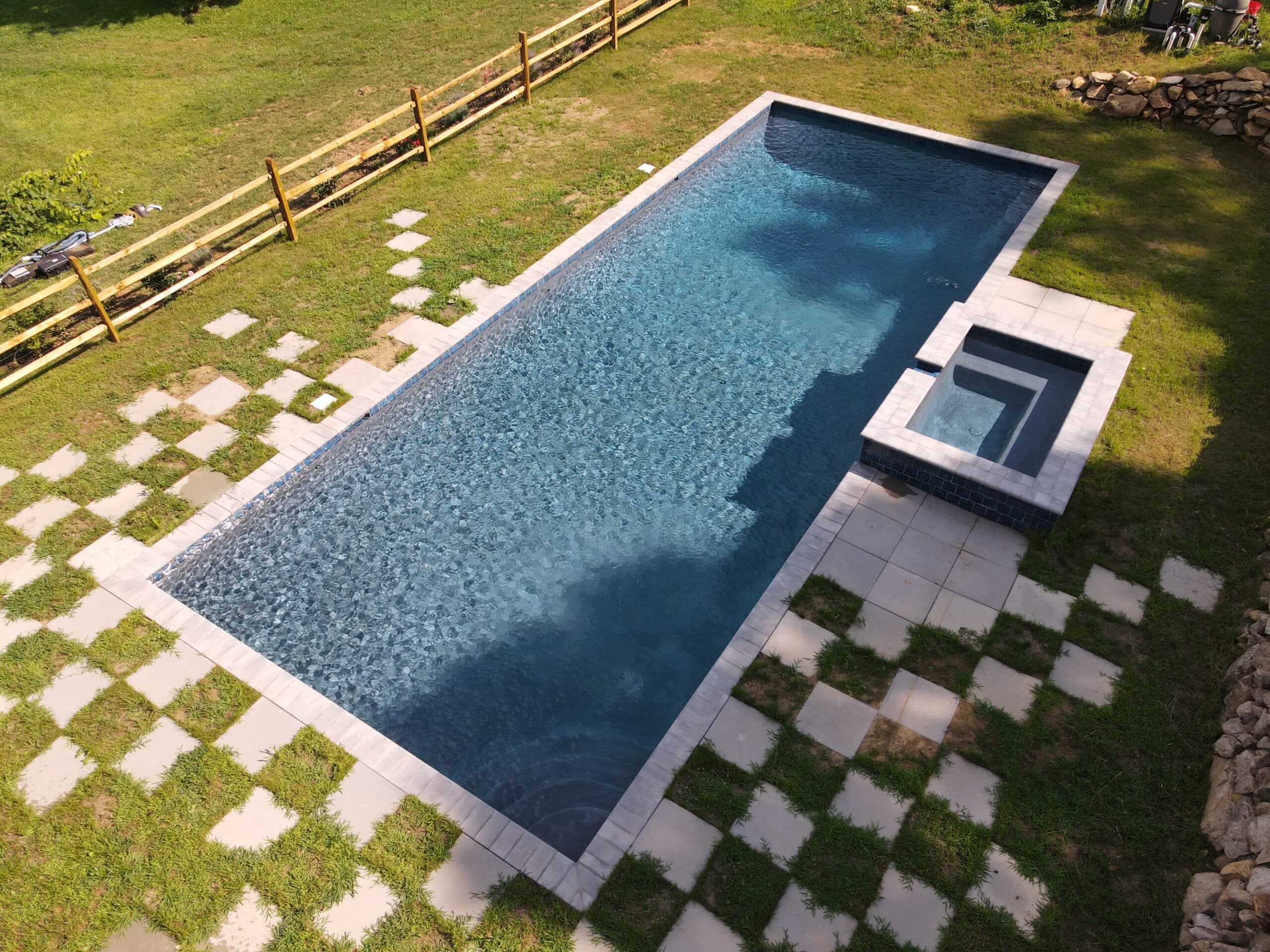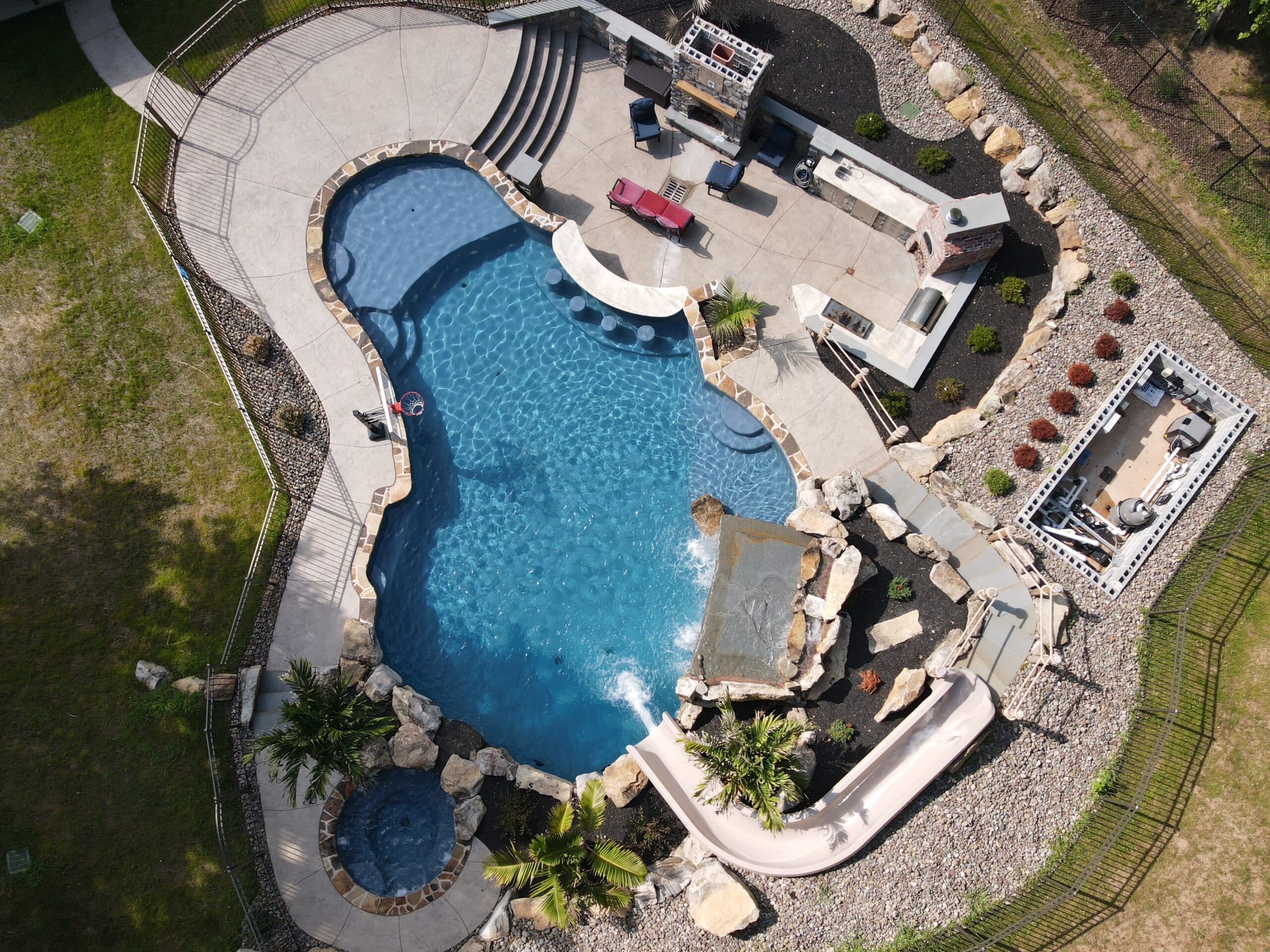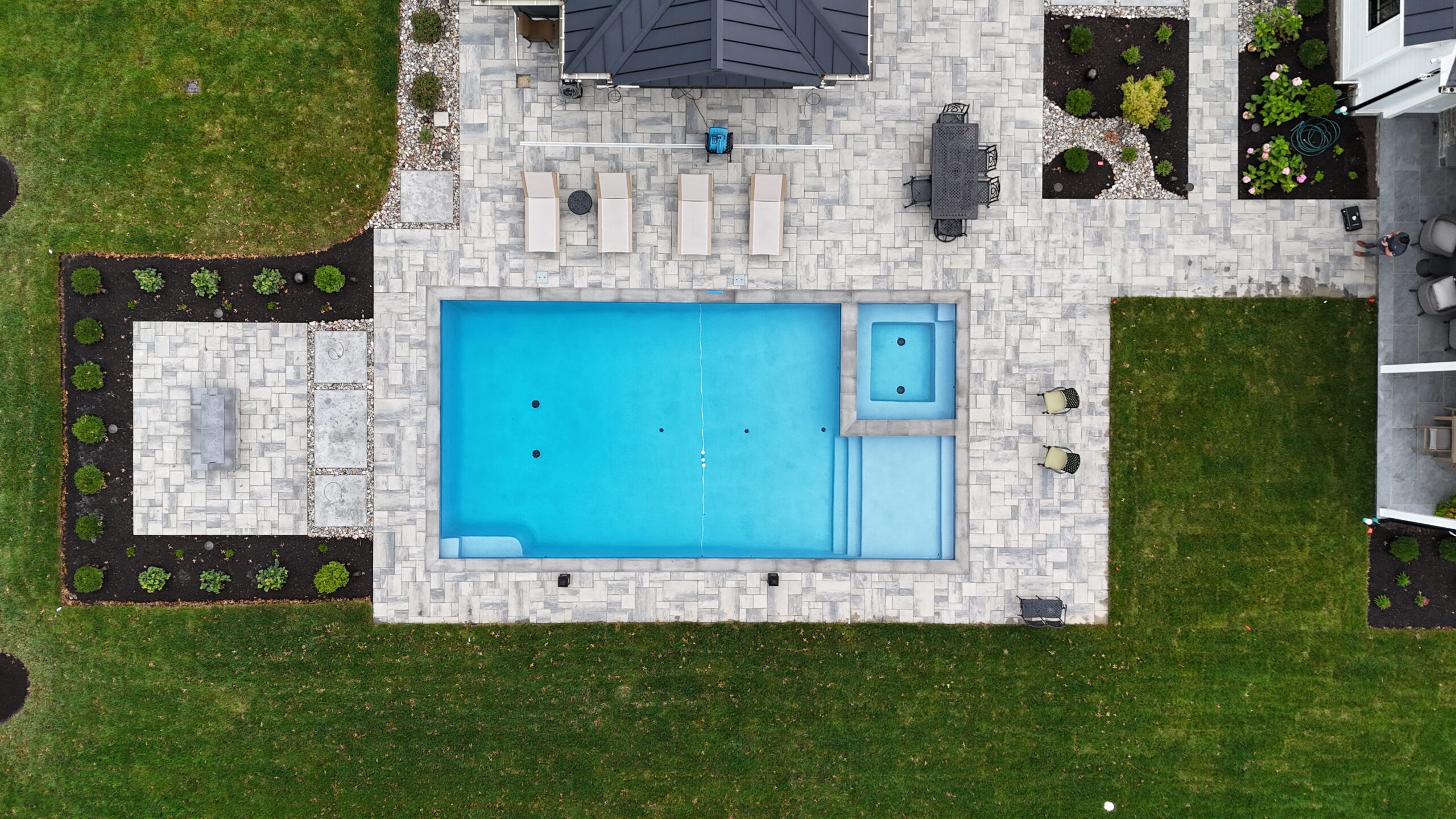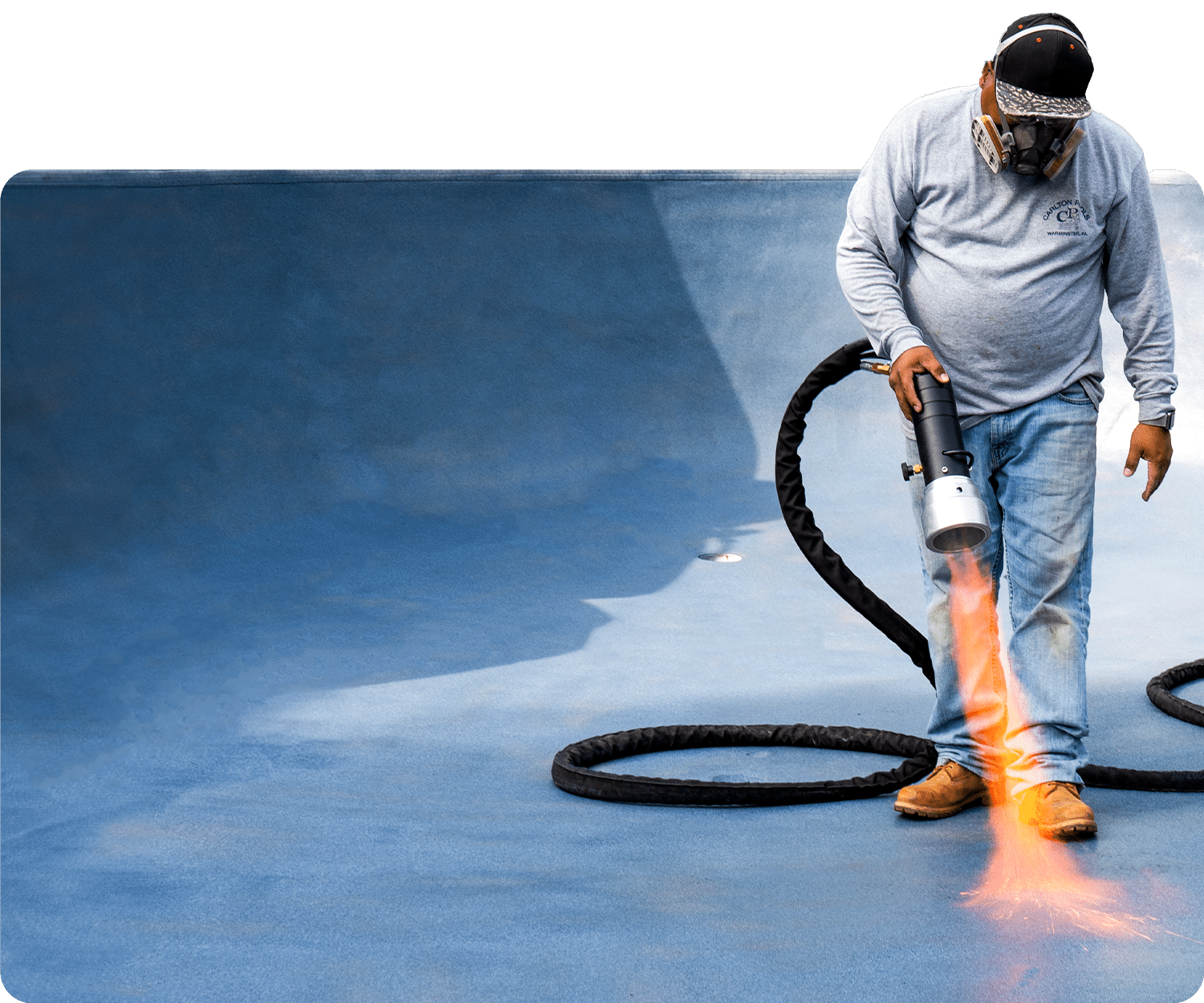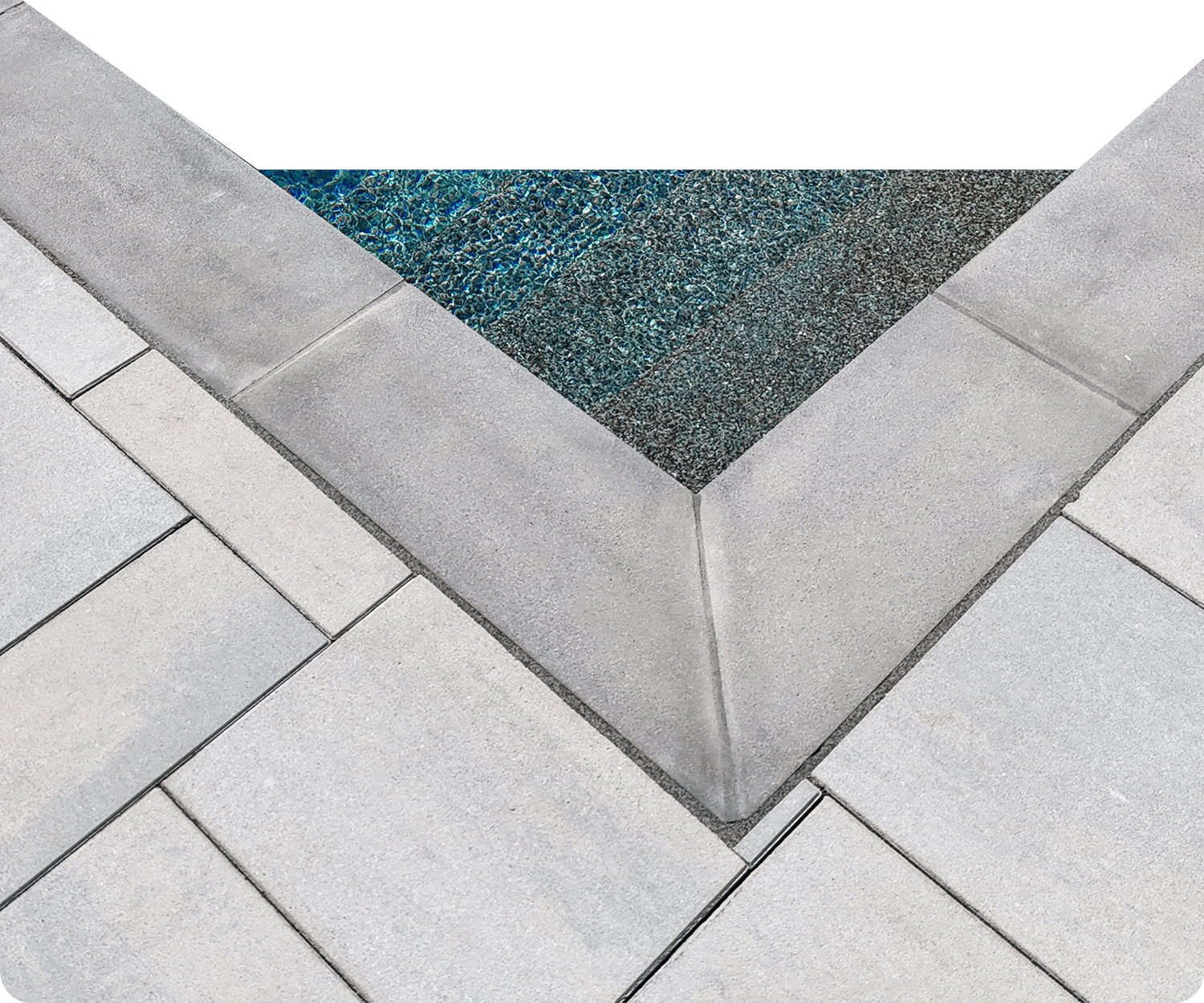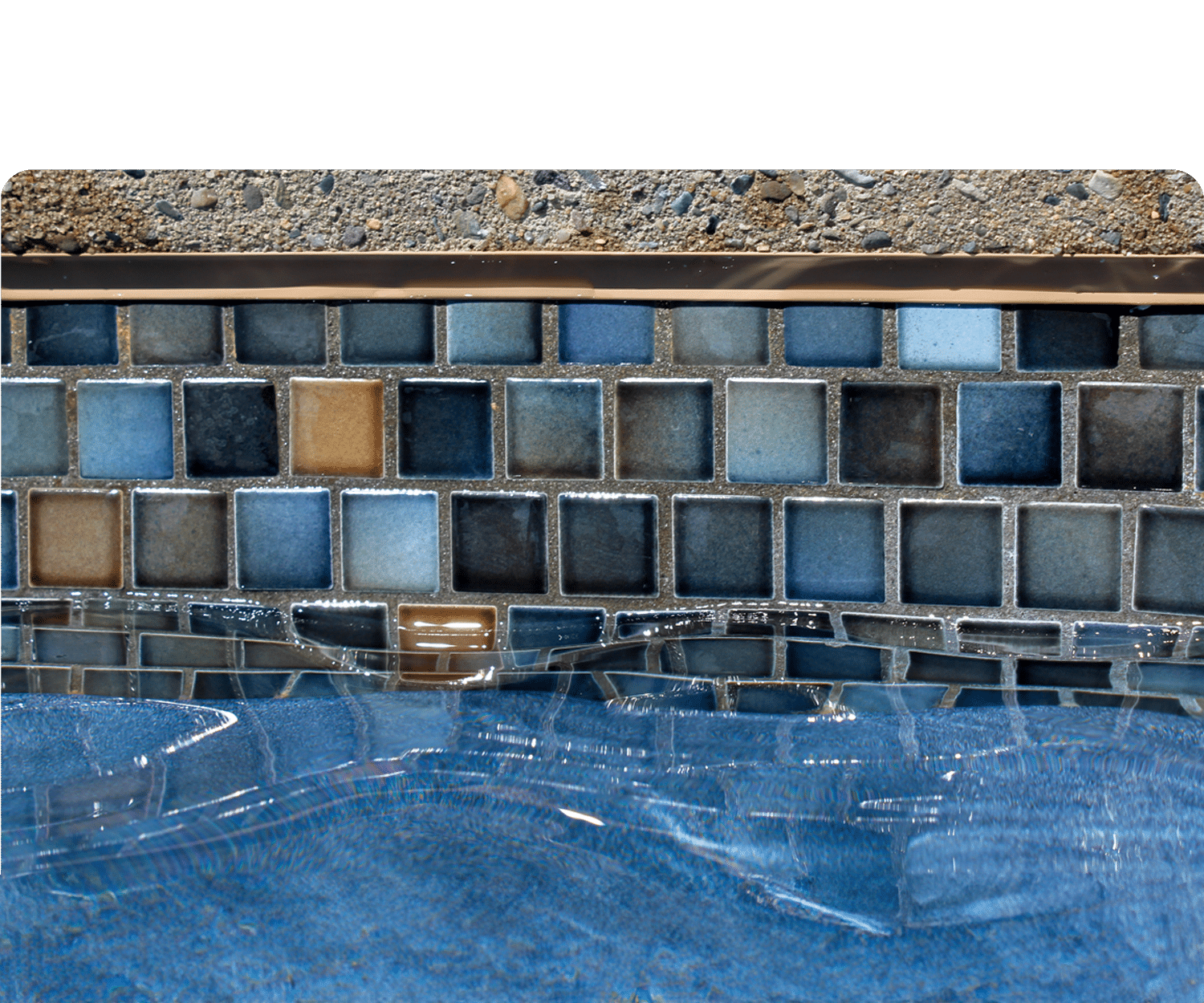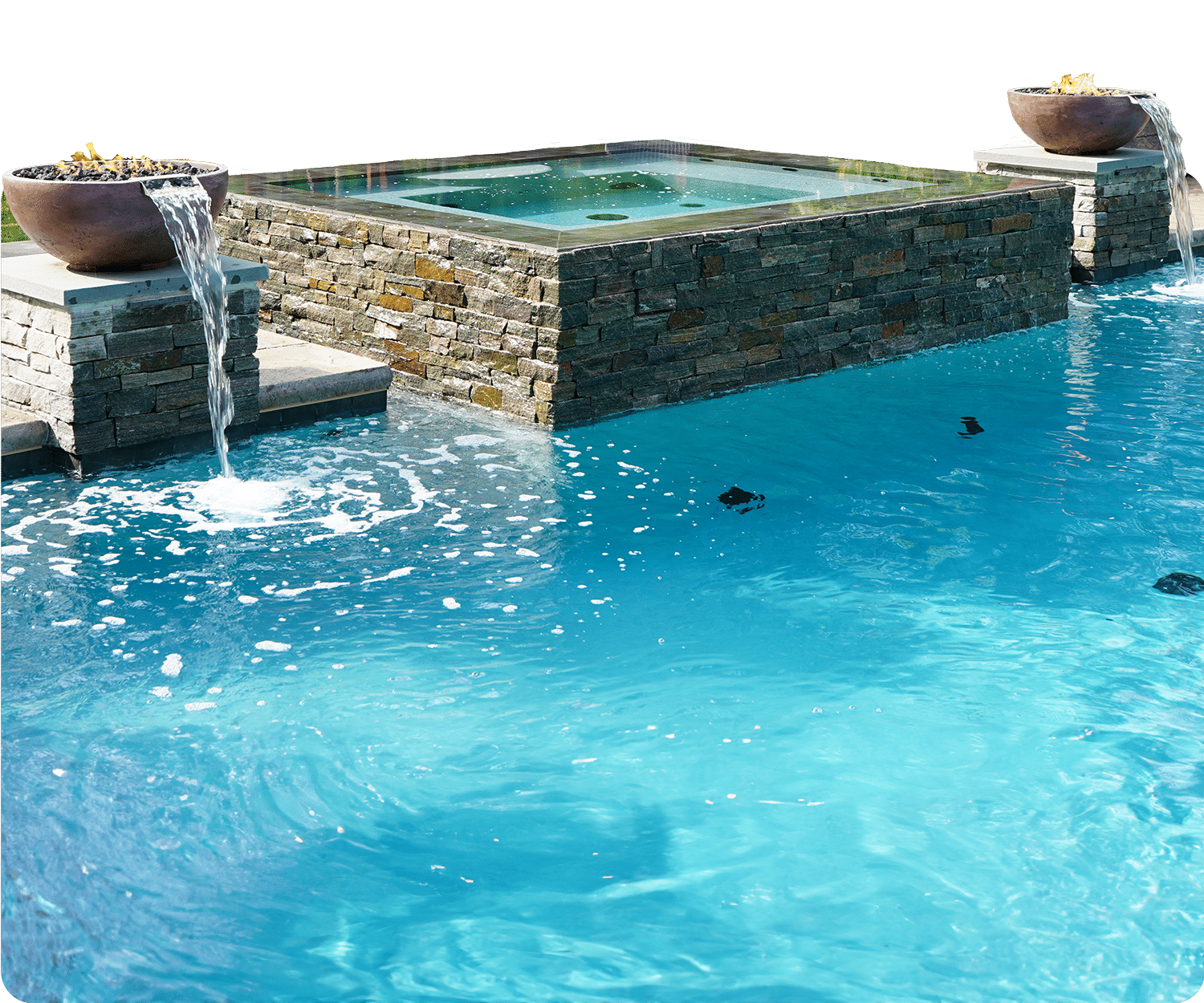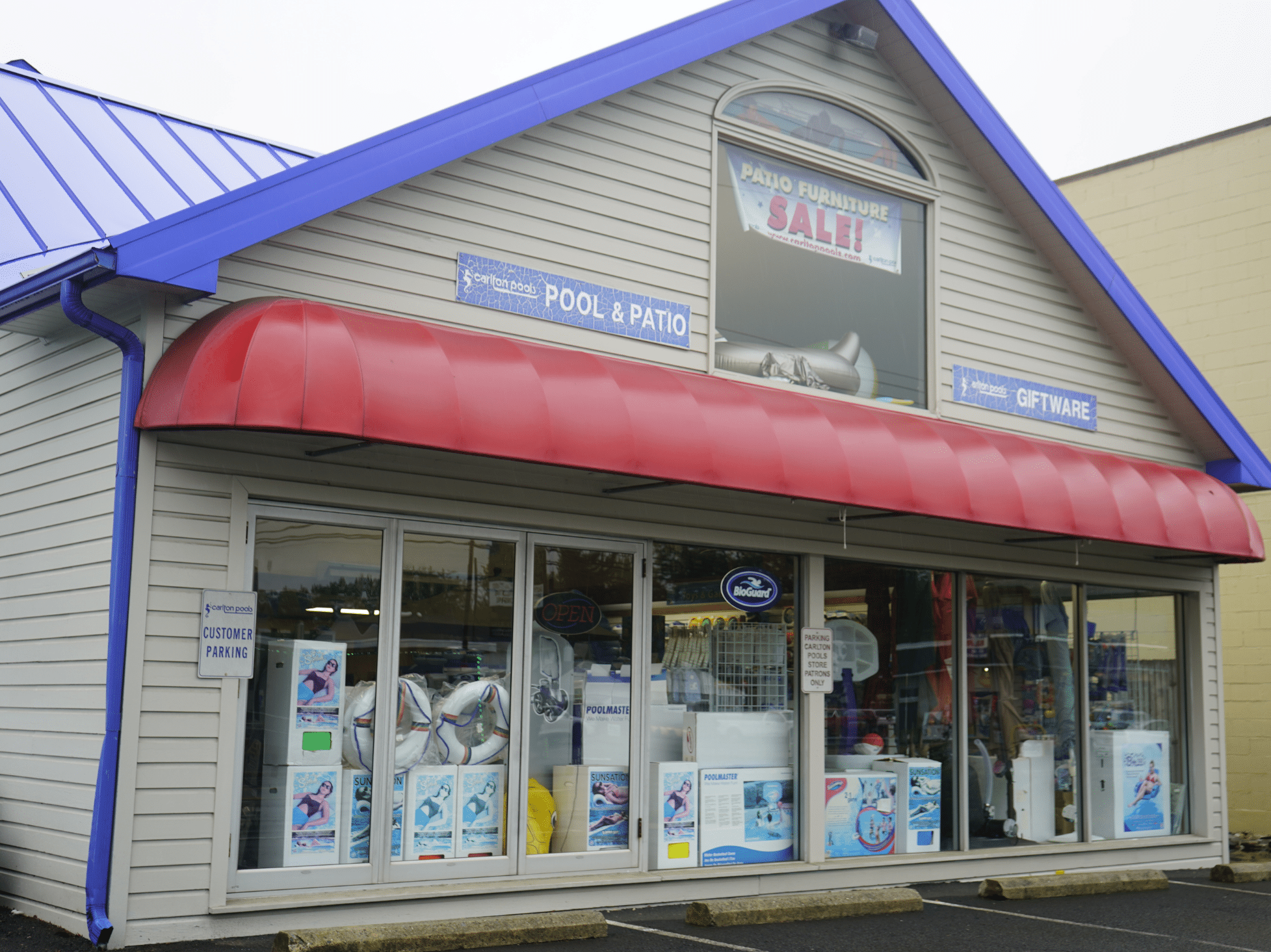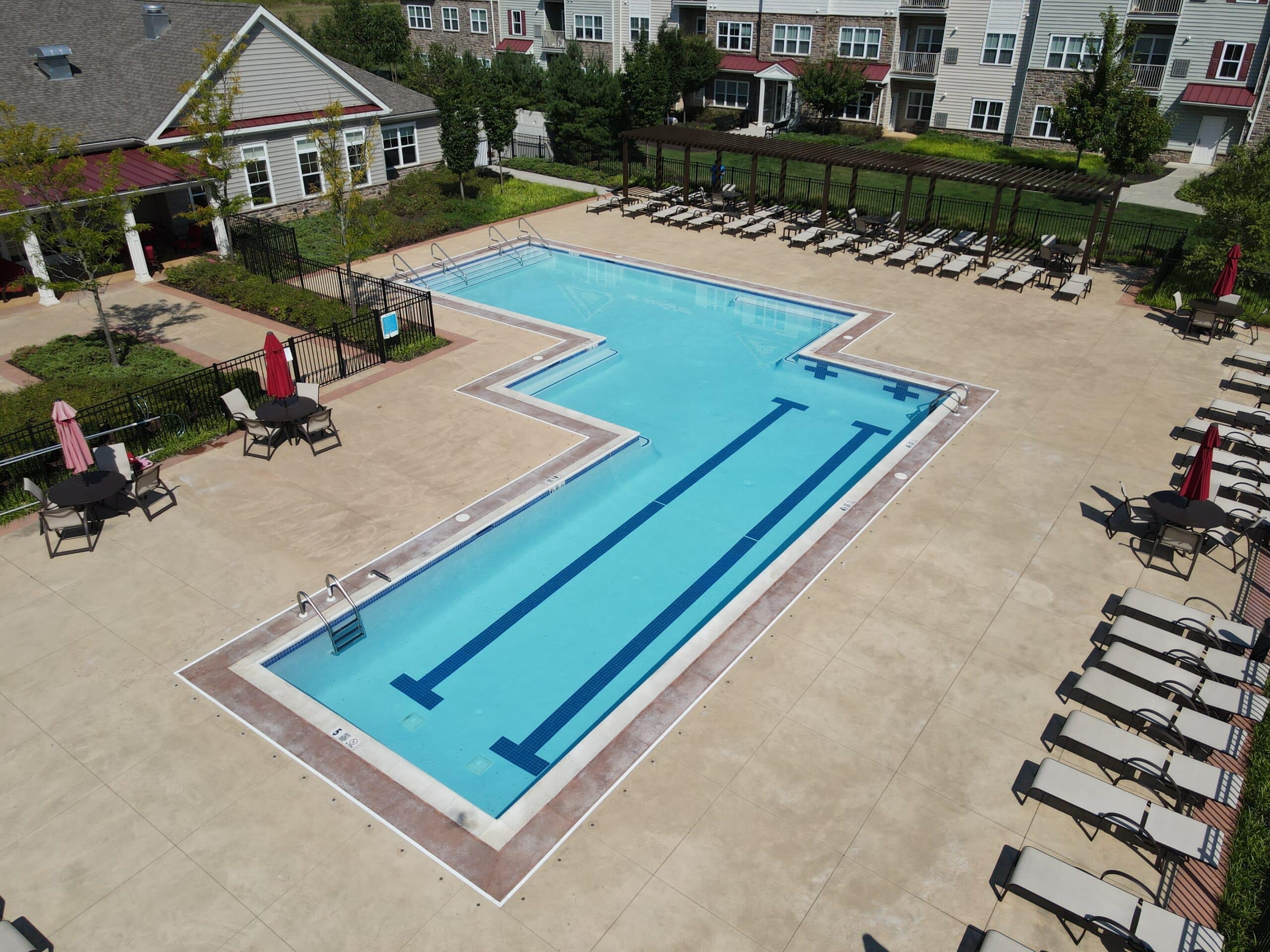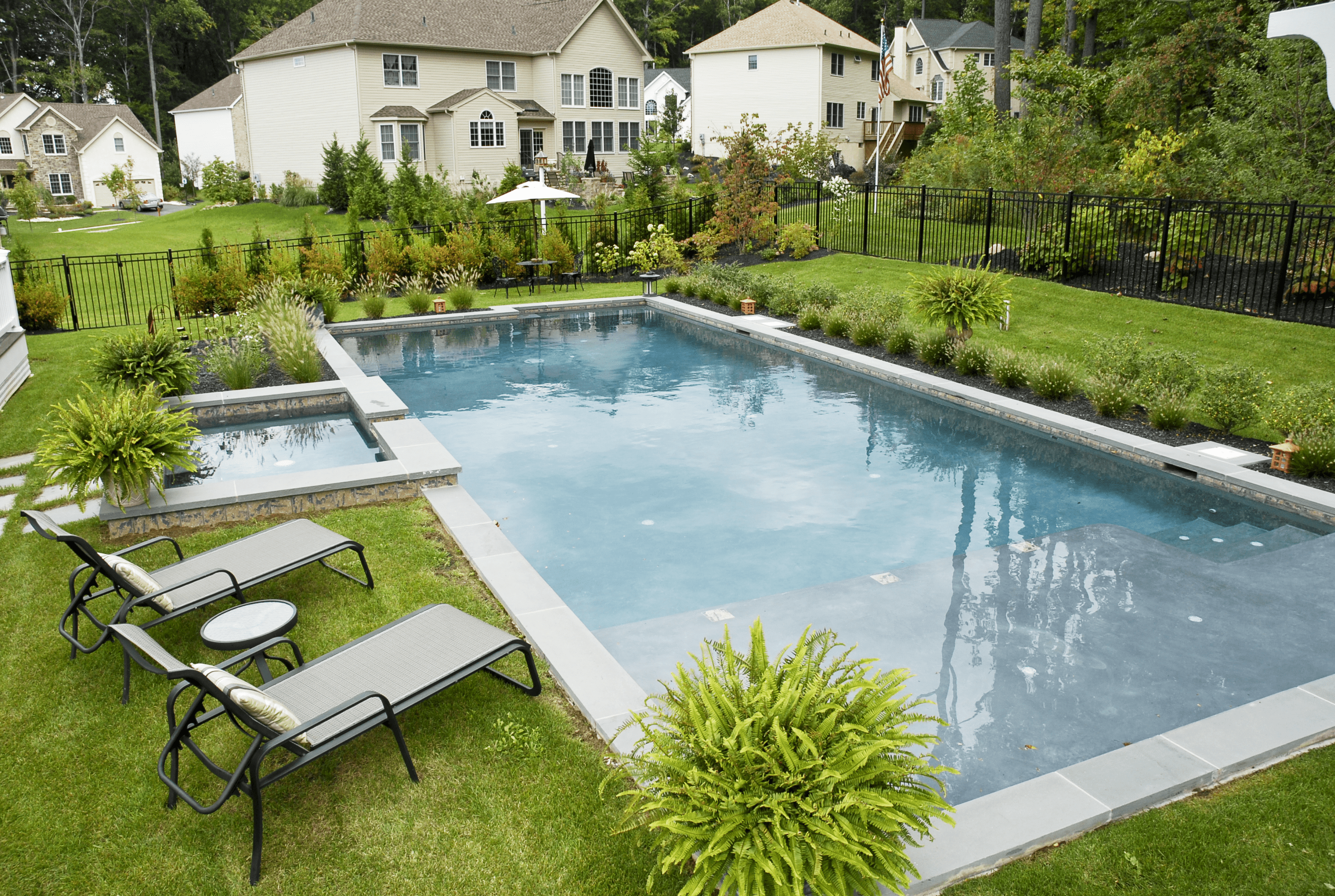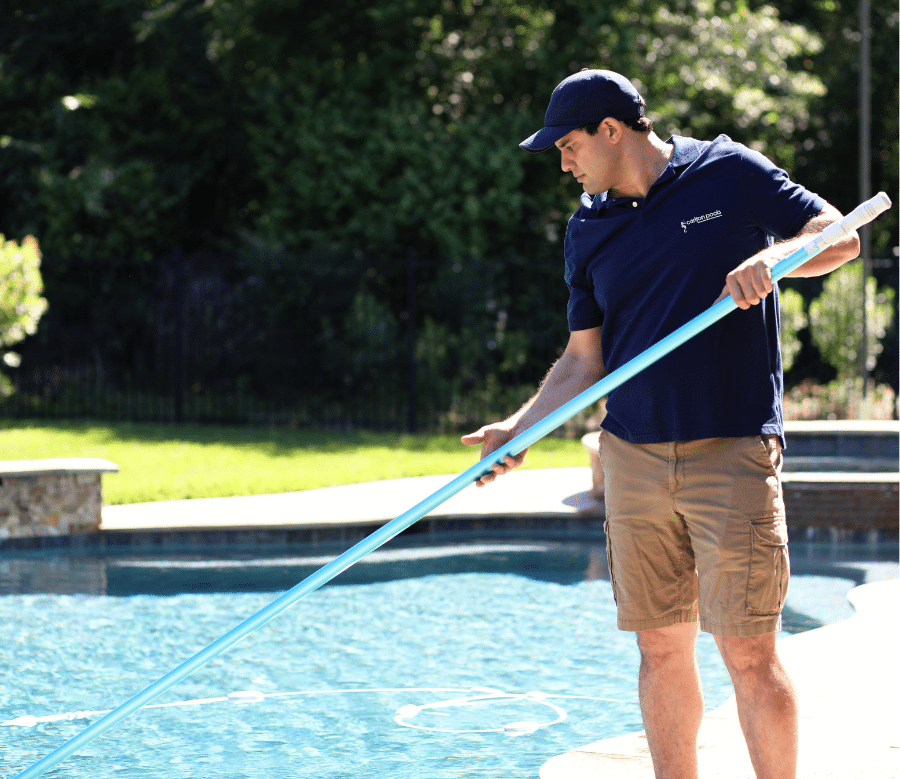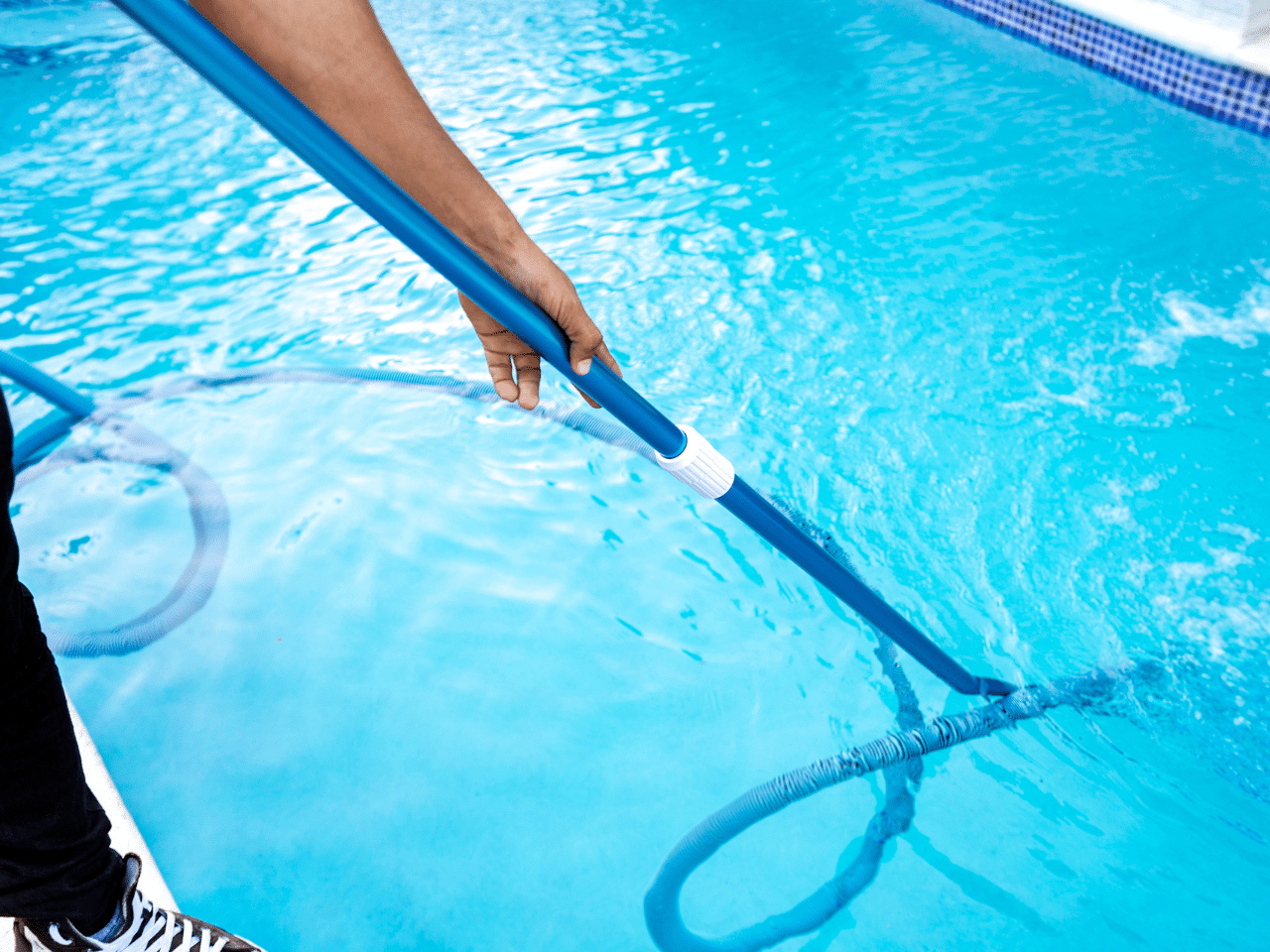Are you looking to empty your swimming pool easily? A siphon method can be a game-changer. This article will guide you on using a simple hose to drain your pool without hassle. Follow these steps to manually drain your home’s pool the right way.
Key Takeaways
- Always check local rules before draining your pool to avoid breaking any laws or causing damage.
- Use a long hose and find a downhill route for efficient water flow when siphoning your pool.
- Seal and release the hose end in the water quickly to start the siphon process, moving water out of your pool effectively.
- Keep all equipment like hoses, pumps, and air compressors secure to ensure the draining process goes smoothly without interruptions.
- If you run into problems like water backing up, it’s smart to call a professional for help to prevent damaging your pool or property.
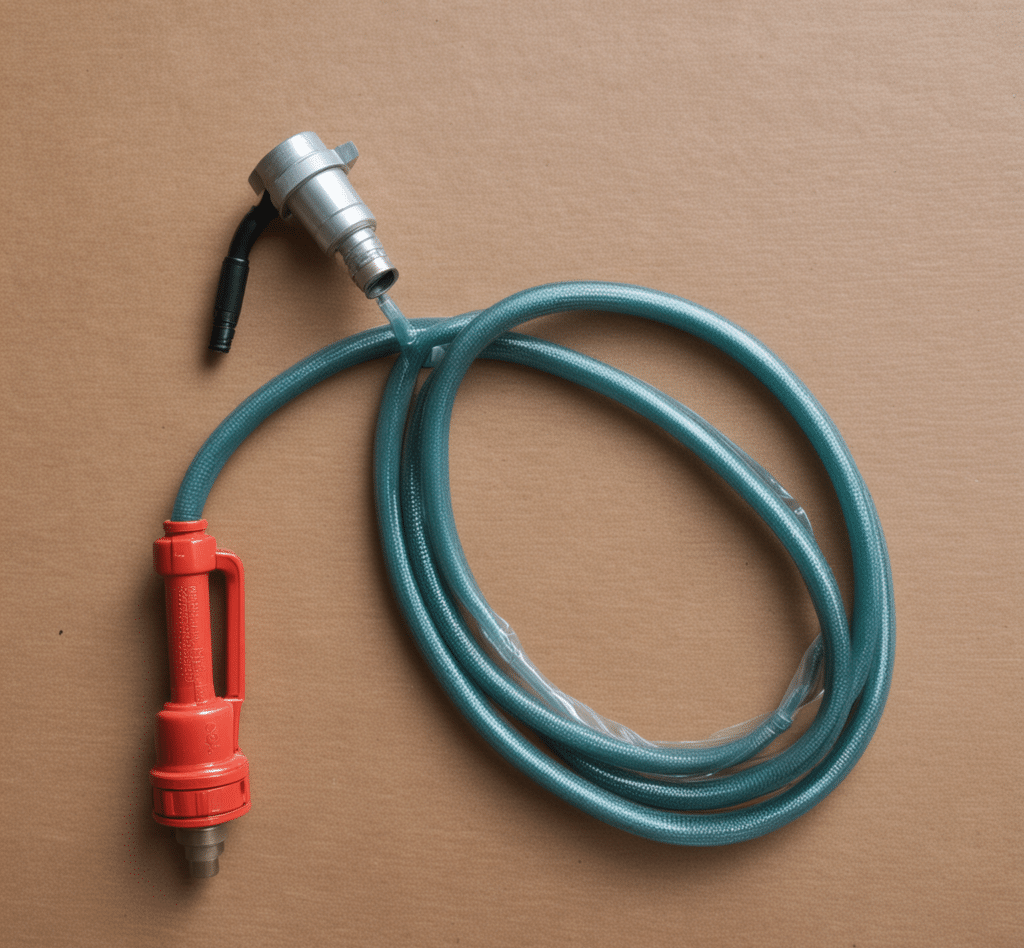
Safety Considerations for Pool Draining
Jumping from understanding why you might want to drain your pool, it’s critical to grasp the safety measures needed before starting this task. First off, inspecting the pool for any leaks is vital.
This step can prevent water waste and identify issues that may become bigger problems if not addressed early. Also, securing the drainage hose properly is a must-do to ensure it doesn’t slip or disconnect during the draining process.
Always check these guidelines before starting and make sure you follow them closely. Another important point is never leaving a drain hose unattended while siphoning water out of your pool, as unexpected spills or redirections could lead to property damage or environmental concerns such as pooling in unintended areas which could affect soil stability around your home.
Check Your Drainage Area
Check your drainage area to make sure that it can handle the intended water volume without damage or overflowing into a public street, storm drain, or adjacent property. As a general rule, if the local regulations require that you backflush your pool filter into a sanitary sewer, you should siphon any excess water into a sewer cleanout or house drain.
How to Drain a Pool with a Siphon
- Check your drainage area to make sure that it can handle the intended water volume without damage or overflowing into a public street, storm drain, or adjacent property. As a general rule, if the local regulations require that you backflush your pool filter into a sanitary sewer, you should siphon any excess water into a sewer cleanout or house drain.
- Insert one end of a ¾” garden hose into your pool. Start slowly feeding the hose into the pool until everything but the last foot is filled with water and completely submerged.
- Take the other end of the hose in your hand and lower it underneath the water’s surface. Screw a hose cap onto the hose’s open end while it’s still submerged. Lift the end of the hose from the water and drag it to the drainage area.
- Place the hose close to the drain or cleanout or on the ground. Take off the cap from the end of the hose to begin the siphon. As you are siphoning water into the drain or sewer cleanout, be sure to maintain an air gap between the end of the hose and the cleanout or drain to avoid backflow contamination.
- Drain your pool water to your desired level. Remove the hose from your pool or raise the drain end above the water level to stop the siphon.
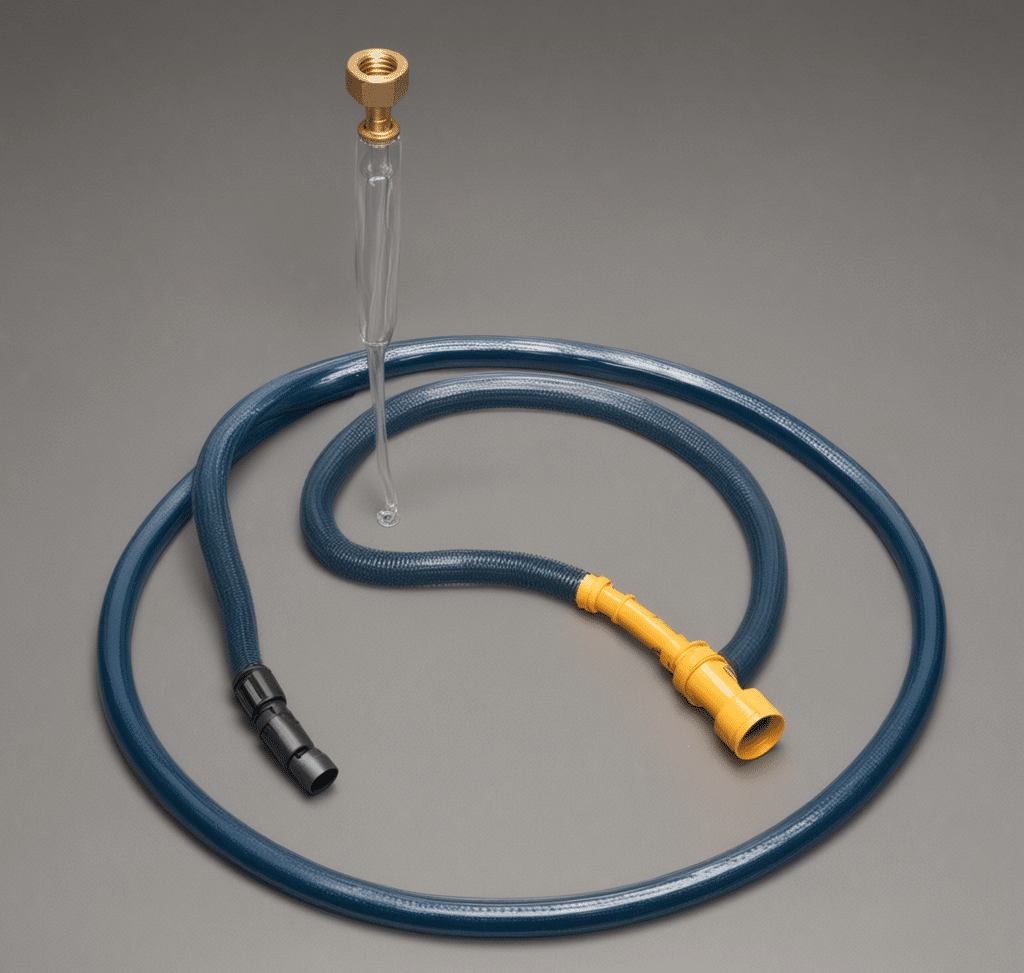
When to Consult a Professional
If water backup or pooling occurs during draining, a pool professional should be called to prevent damage. Fully draining a pool for safety reasons is best left to the expertise of professionals.
To get in touch with the leading concrete pool contractors in your neighborhood, don’t hesitate to give Carlton Pools a call today.
Conclusion
To sum up, siphoning your swimming pool is a straightforward DIY task that deserves attention. Whether using an air compressor to kick-start the siphon or employing the traditional submerging method, it’s an efficient way to drain the pool without complicated equipment.
If you’ve got some downhill terrain and a garden hose at your disposal, give it a shot – just remember safety first!
FAQs
A siphon is a tool that uses pressure differences to move water from your swimming pool through a hose. It works by creating a vacuum that pulls the water up and out.
Yes, you can find detailed instructions on how to use a siphon for draining your swimming pool by searching with browsers or visiting specific websites dedicated to home maintenance or swimming pool care.
No special equipment is needed besides the siphon itself and a long hose that reaches from your pool to where you want the water drained.
The time it takes depends on the size of your pool and the diameter of your hose, but using a siphon is generally slower than electric pumps; however, it’s an effective method without needing power tools or electricity.


